Thinking of a Short Haircut? A Stylist’s Real-Talk Guide to the Big Chop
In all my years behind the chair, I can tell you one thing for sure: few things feel as monumental as chopping your hair off. It’s so much more than just a new length; it’s like you’re turning a page on a whole new chapter. That old saying about a woman who cuts her hair being about to change her life? It’s absolutely true. I’ve seen it firsthand, sharing the excitement of a fiery post-breakup pixie or celebrating a client’s new career with a sharp, confident bob. This isn’t about chasing trends; it’s about finding a look that feels like you.
In this article
But getting a short haircut you actually love doesn’t happen just by pointing at a picture. Your inspiration photos are fantastic—they’re our starting point, the beginning of a conversation. My job is to be a translator, taking that vision and filtering it through the reality of your hair, your bone structure, and, most importantly, your daily routine.
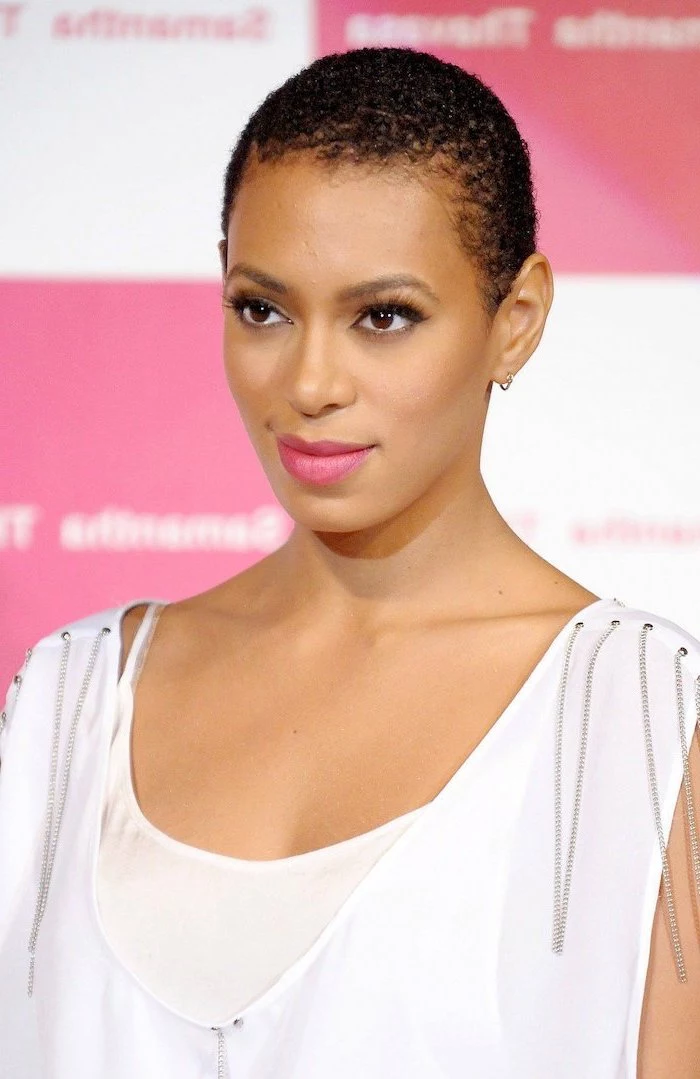
A huge mistake I see people make is getting hung up on those generic “face shape” charts. While it’s a tiny factor, it’s just one piece of a much bigger puzzle. To get a cut you’ll adore, we have to go deeper.
First Things First: Let’s Talk About Your Hair’s Personality
Before we even dream about specific styles, we need to get real about what your hair naturally wants to do. I always tell my clients to think of it like fabric. You wouldn’t make a structured power suit out of delicate silk, right? The same idea applies here. Understanding your hair’s unique traits is honestly the most critical step. It’s what separates a style that works for you from one you’ll be fighting every single morning.
Hair Texture vs. Hair Density (And Why It Matters)
People throw these terms around all the time, but in the salon, they mean very different things. Getting this right is everything.
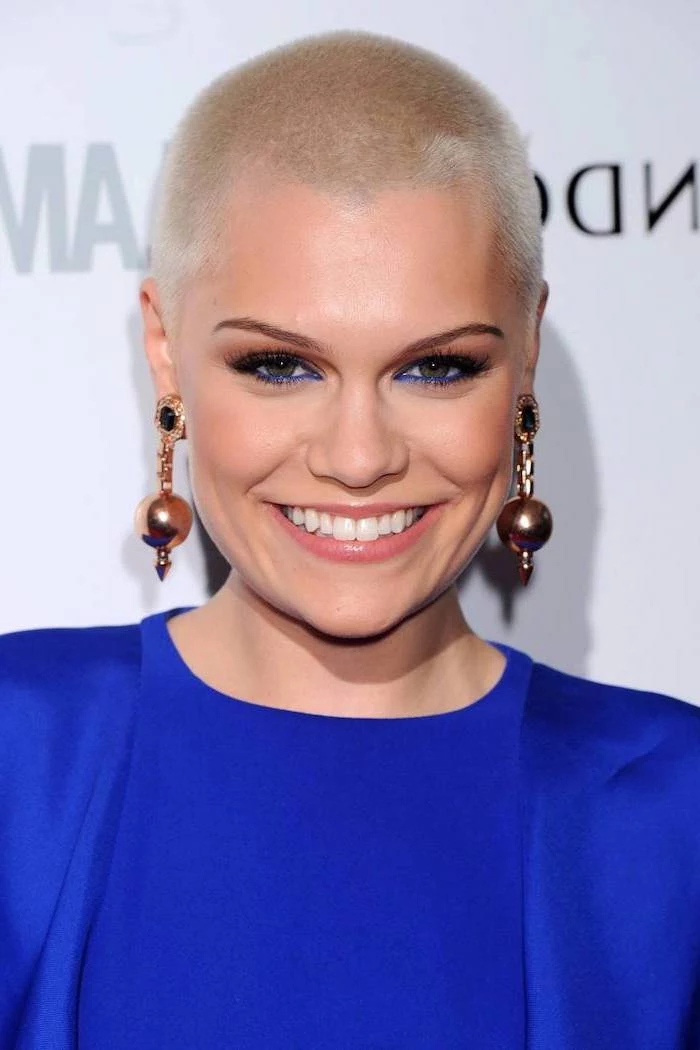
- Texture is about how thick each individual strand of hair is. To figure yours out, just roll a single strand between your thumb and index finger. If you can barely feel it, your hair is fine. If it feels like a piece of thread, it’s coarse. Medium is, you guessed it, somewhere in the middle. Fine hair often struggles to hold volume, while coarse hair can be stubborn and resistant to styling.
- Density is all about how many strands you have on your head. Is it sparse (low-density) or super thick (high-density)? You can totally have fine-textured hair but have a ton of it (high density). On the flip side, someone can have coarse hair but not a lot of it (low density).
So, why is this a big deal for short hair? Well, a super-layered pixie on someone with fine, low-density hair could end up looking even thinner. But a blunt, one-length bob on someone with coarse, high-density hair will create a heavy, triangular shape unless I go in and remove a ton of weight from the inside. This combo is the blueprint for my entire cutting plan.

Cowlicks and Growth Patterns: The Unspoken Boss
These are the non-negotiables. Think of them as the built-in swirls and directional patterns that decide how your hair falls. With long hair, the sheer weight is usually enough to pull these patterns into line. With short hair? Oh, they are in charge.
I once had a new client dead-set on a slicked-back pixie she’d seen on some celebrity. The problem? She had two powerful cowlicks right at her hairline that grew forward. No amount of gel or pomade was going to make that hair stay back without looking like a helmet. We had to pivot. We went for a slightly longer pixie with a soft, side-swept fringe that worked with her cowlicks. She ended up loving it because it was effortless. Ignoring these things is just setting yourself up for a daily battle you will not win.
The Consultation: Your Game Plan for the Perfect Cut
Those 15 minutes we spend chatting before my scissors even come out? That’s the most important part of the whole appointment. It’s where we build a plan together. I look beyond the basic face shape stuff and get to the heart of what’s going to make you happy.
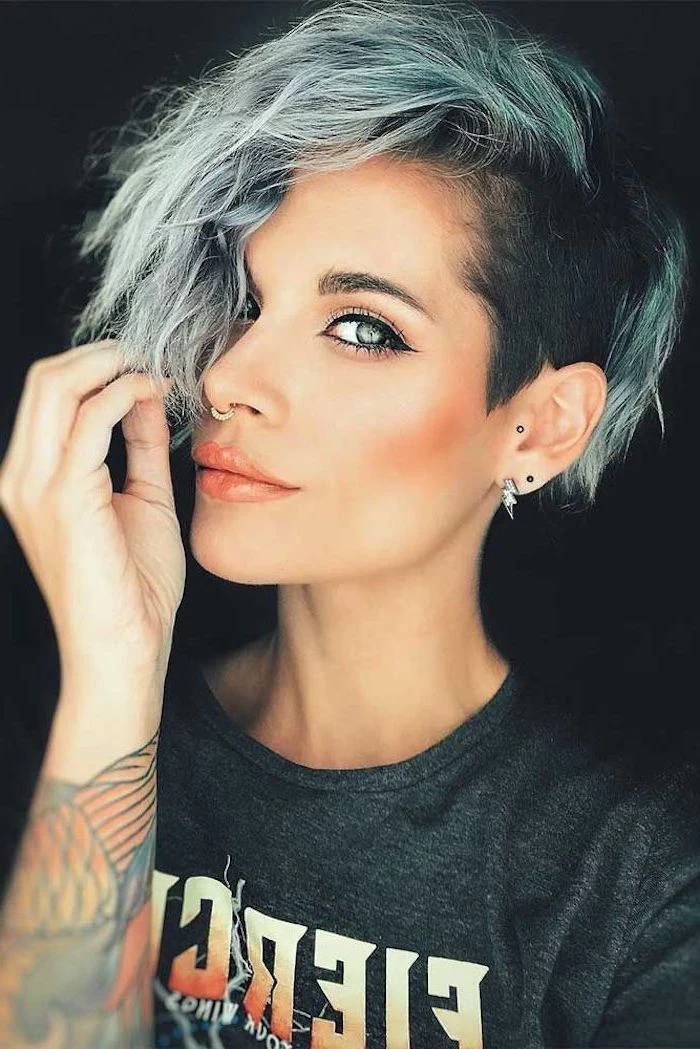
Beyond Face Shape: Bone Structure and Finding a Pro
Sure, face shape is a loose guide. A strong jaw can be softened with layers; a long face can get a bit of width from a chin-length bob. But that’s beginner-level advice. I’m way more interested in your unique bone structure. Do you have killer cheekbones you want to show off? A strong jawline you love? The right pixie can put those features in the spotlight. I also check out your profile from the side to see how the cut will balance your features.
By the way, finding a stylist who gets all this is key. Don’t just book anywhere. Hop on Instagram and search for hashtags like `
[yourcity]pixiecut`, `
[yourcity]shag`, or `#[yourcity]bob`. And here’s the pro tip: look at their tagged photos, not just the perfect, curated posts on their feed. It shows you what their real clients’ hair looks like out in the wild.

The Four Questions I Always Ask
Your inspiration pics are great, but the answers to these questions are what really nail down the perfect cut for you.
- How much time will you realistically spend on your hair each morning? Be brutally honest. If the answer is “five minutes, tops,” a high-maintenance style that needs a flat iron and pomade is a terrible idea. A wash-and-go textured cut would be a much better fit.
- What’s your relationship with styling products? Most short styles need a little something to look polished. A texturizing paste or a smoothing cream can be the difference between a messy bedhead and an intentionally chic look. If you hate the feeling of product, we need a cut that requires almost none.
- How often are you willing to come in for a trim? This is a big one for your budget and schedule. A sharp pixie or a precise bob looks its best for about 4 to 6 weeks. A softer, layered cut can often be stretched to 8. If you can only swing a few salon visits a year, a short cut might just frustrate you.
- And maybe most importantly: show me pictures of what you DON’T like. This helps me understand your boundaries and avoid any miscommunications. Knowing what you hate is just as valuable as knowing what you love!

Breaking Down the Classics: Pixie, Bob, and Shag
Let’s get into the nitty-gritty of a few foundational cuts. Understanding how they’re built and who they suit best will help you have a much better chat with your stylist.
The Pixie Cut: So Many Possibilities
A “pixie” can mean a lot of things. It’s really defined by the technique used.
- The Look: It’s bold, highlights your eyes and cheekbones, and can be anything from punk rock to elegantly soft.
- Daily Styling Time: Surprisingly fast once you get the hang of it. We’re talking 2-5 minutes in the morning with the right product.
- Upkeep & Cost: This is high-maintenance. You’ll need a trim every 4-6 weeks to keep it sharp. In a decent city salon, expect to pay anywhere from $90 to $200+ for a precision cut like this, which is more than a standard long-hair trim.
- Pro Tip: Product is your best friend. For that piecey, textured look, warm a pea-sized amount of a matte paste in your palms. A great pro option is Kevin Murphy’s ROUGH.RIDER, but a solid drugstore find like Got2b Glued Spiking Wax also does the trick.
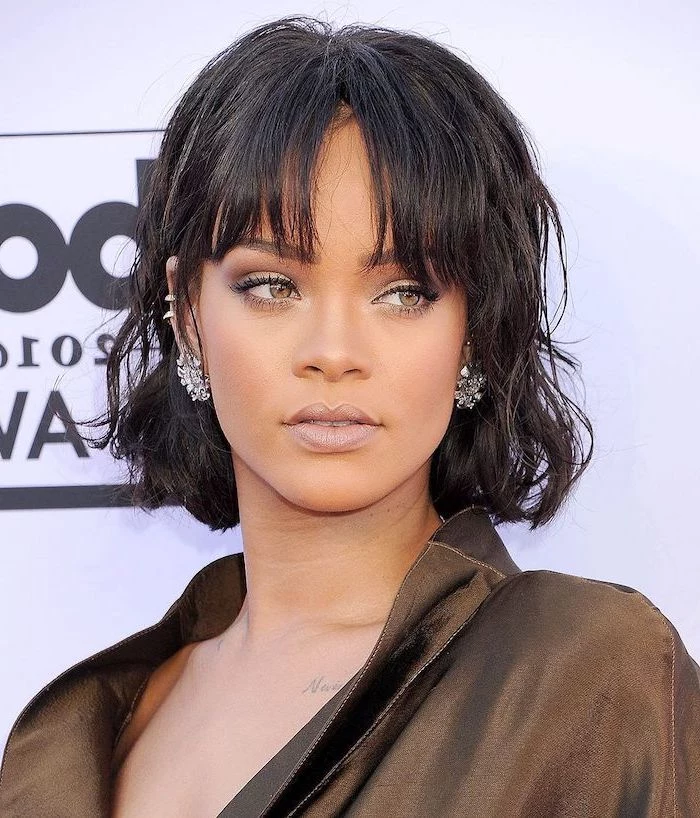
The Bob: A Masterclass in Precision
The bob is timeless, but its success is all in the clean lines. There are a few main types, from the classic one-length bob to the graduated (or stacked) bob that builds volume in the back, to the A-line bob that’s shorter in the back and angles down toward the front.
- The Look: Chic, sophisticated, and versatile. It can be worn sleek and polished or wavy and modern.
- Daily Styling Time: This varies. A tousled, air-dried bob takes 5 minutes. A super-sleek, blown-out bob could take you 15-20 minutes.
- Upkeep & Cost: A bit more forgiving than a pixie. You can usually go 6-8 weeks between trims. The cost will be similar to a pixie, as it requires a lot of precision.
- Good to know: A professionally cut bob should move as one solid shape. When you shake your head, the hair should swing and fall right back into place. That’s the sign of a perfectly balanced cut.
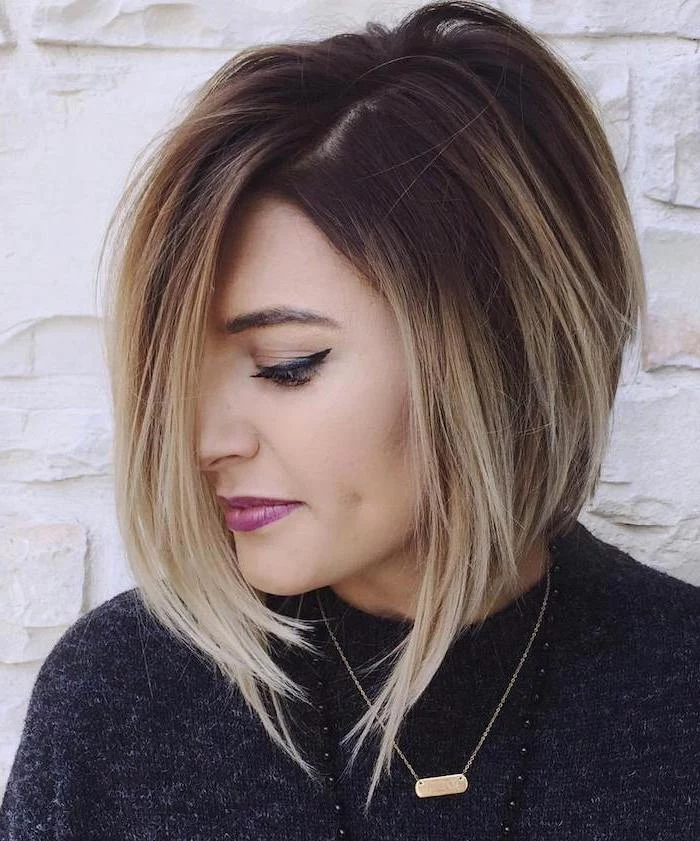
The Modern Shag: Texture and Effortless Cool
The shag is the ultimate cool-girl cut for a reason. It’s built for movement and is amazing for enhancing natural texture.
- The Look: Lived-in, textured, and full of movement. It’s perfect for anyone with natural wave or curl.
- Daily Styling Time: This is the low-maintenance dream. Often, you can just scrunch in some sea salt spray and go. Maybe 0-5 minutes.
- Upkeep & Cost: It grows out beautifully. You can easily stretch trims to 8, 10, or even 12 weeks. The initial cut price is comparable to a bob.
- Heads up! This cut isn’t ideal for very fine, pin-straight hair, as the layers can sometimes make it look sparse if it’s not done with a careful hand.
Let’s Talk About the Grow-Out Phase
Ah, the dreaded awkward stage. Everyone worries about this! But the key is to transition, not just wait it out. A great stylist will cut your pixie with the grow-out in mind, ensuring it morphs gracefully. Your pixie can become a cute micro-bob, then a shaggy “mixie,” and then a proper bob. Talk to your stylist about a grow-out plan from day one so you’re never left feeling frumpy.
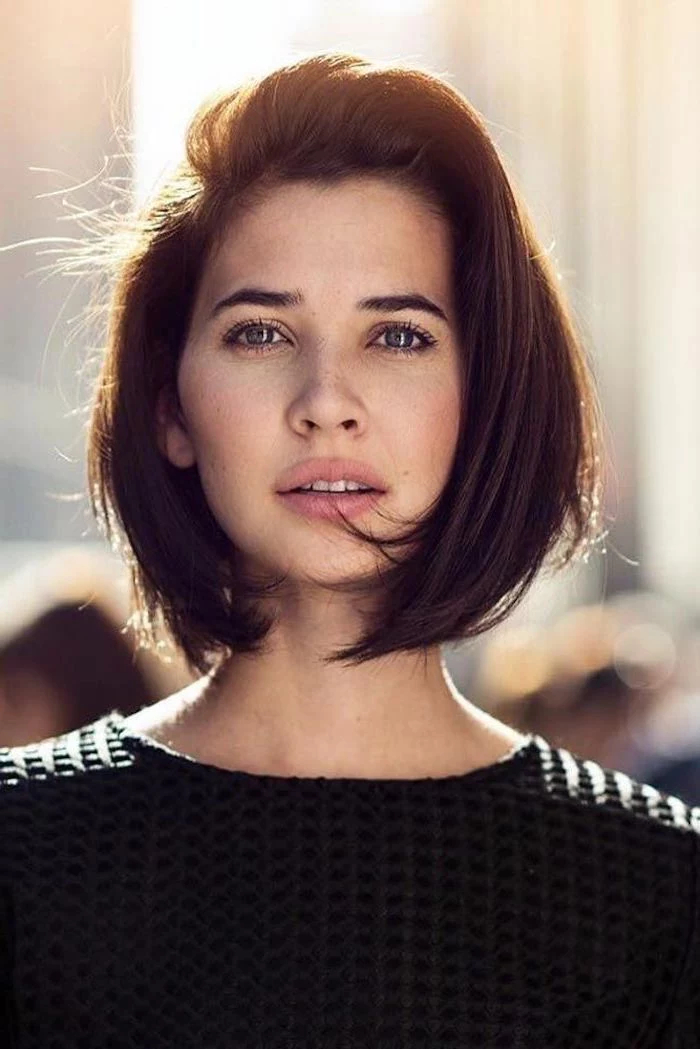
Color and Short Hair: A Whole New Ballgame
Cutting your hair short totally changes the way color looks. That balayage that was stunning on your long hair might not translate to a pixie. The shorter canvas means we have to be more deliberate.
On very short hair, a single, flat color can look a little stark. I almost always suggest adding some dimension—even a few tiny highlights around the face or a slightly darker root—to create the illusion of texture and movement.
And now for some real talk on cost. While your haircut is short, your color maintenance will probably increase. On a pixie, root regrowth is obvious in 3-4 weeks. That means more frequent salon visits. A root touch-up can run you $70 to $120 or more each time, so you have to factor that into your budget. The fun part? It’s way less risky to try that bold platinum or pastel pink you’ve been dreaming of, since you’ll be cutting the processed hair off in just a few months!
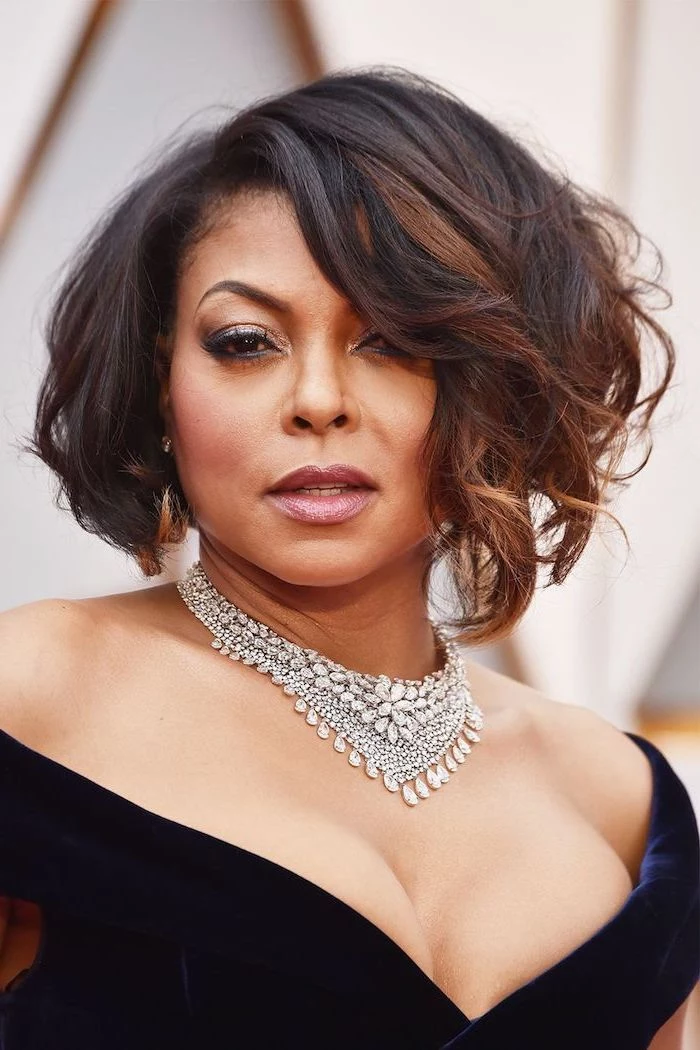
Making It Work at Home
A great salon cut is only half the battle. Knowing how to handle it at home is what makes you love it weeks later. I always try to finish a new short cut with a mini styling lesson.
The 5-Minute Style
Here’s the quick routine I teach my pixie clients: Start with dry hair. Take a tiny bit of styling paste and rub it between your palms until it’s basically invisible. Then, just mess up your hair in every direction to create volume. Once it’s all fluffed up, use your fingertips to direct your bangs and define a few pieces. Done. It takes less than two minutes and looks instantly cool.
Lesser-known trick: Hate morning styling? Sleep on a silk or satin pillowcase. You can find them for $20-$40 online or at stores like Target. It seriously reduces bedhead and frizz, especially for bobs and pixies, and can save you a ton of time.
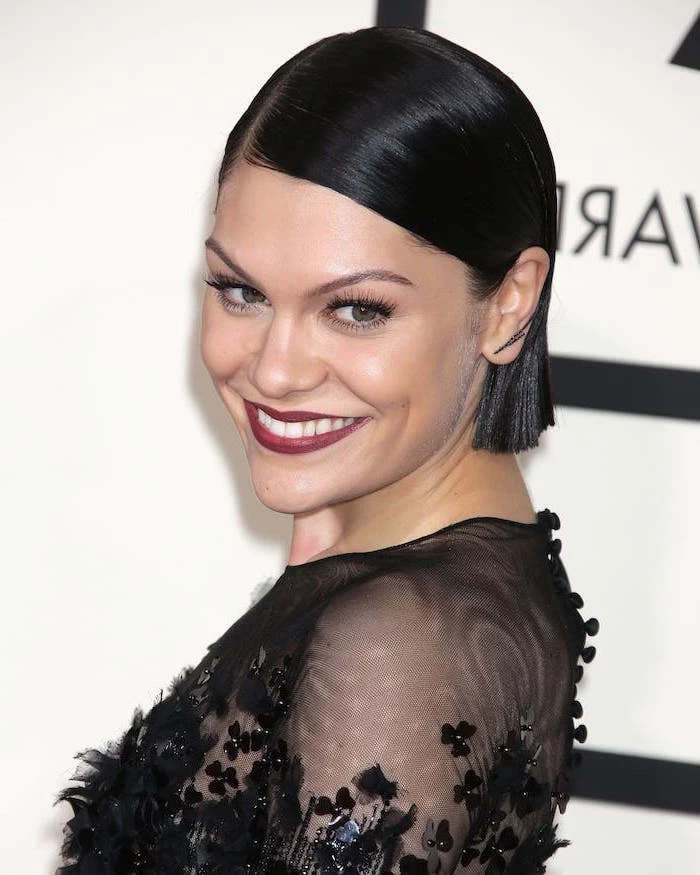
A Quick Word on DIY Trims
I know, it’s so tempting to just snip those bangs yourself. I’ve fixed enough home haircuts to strongly advise against it. The shears we use are razor-sharp and designed for specific techniques. But if you absolutely must, please: always cut on dry hair (it shrinks when wet!) and use a “point cutting” technique—snipping vertically into the ends—rather than trying to cut a blunt line. And always, always cut less than you think you need to.
Choosing a short haircut is a journey, and it can be incredibly freeing and stylish. The secret is treating it like a team effort. Find a stylist who really listens, be open to their advice, and be honest about your life. When you do that, you don’t just get a haircut. You find a style that truly belongs to you.
Inspiration Gallery
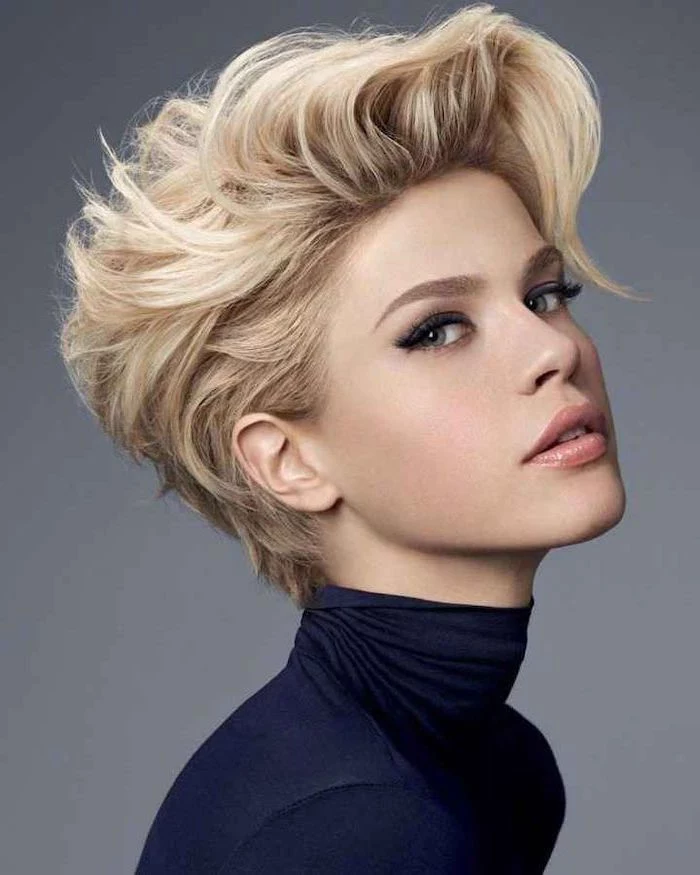


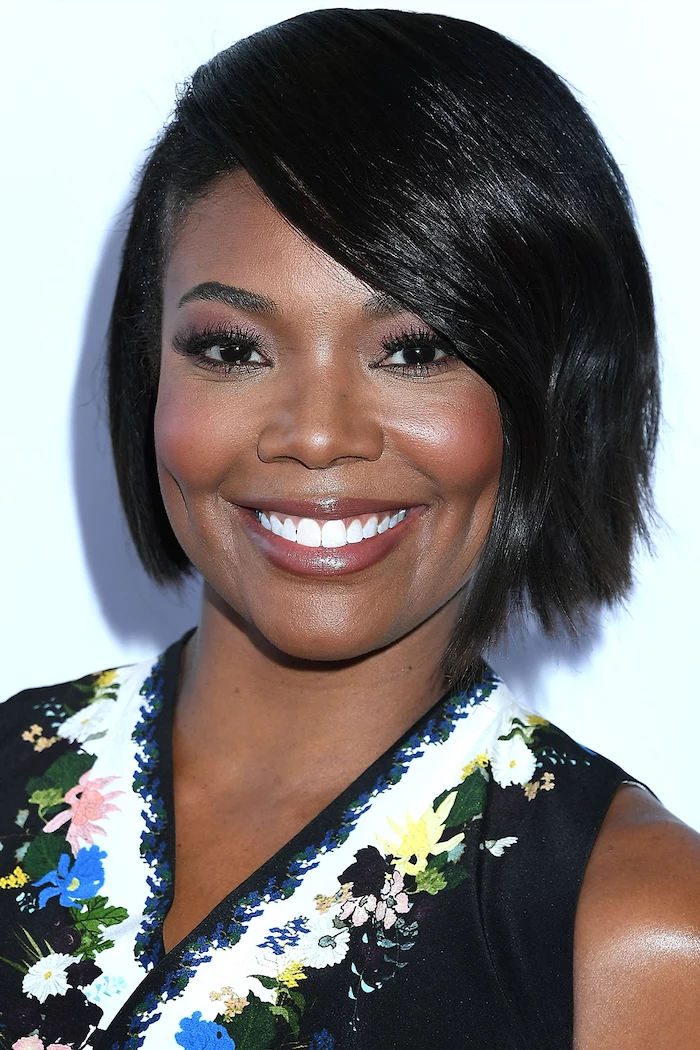
When you go short, your entire silhouette changes. Suddenly, the neckline of your blouse, the shape of your glasses, and especially your earrings take center stage. This is the perfect time to experiment with statement jewelry or a bold lip color; they’re no longer competing with your hair, but complementing a new, curated look.
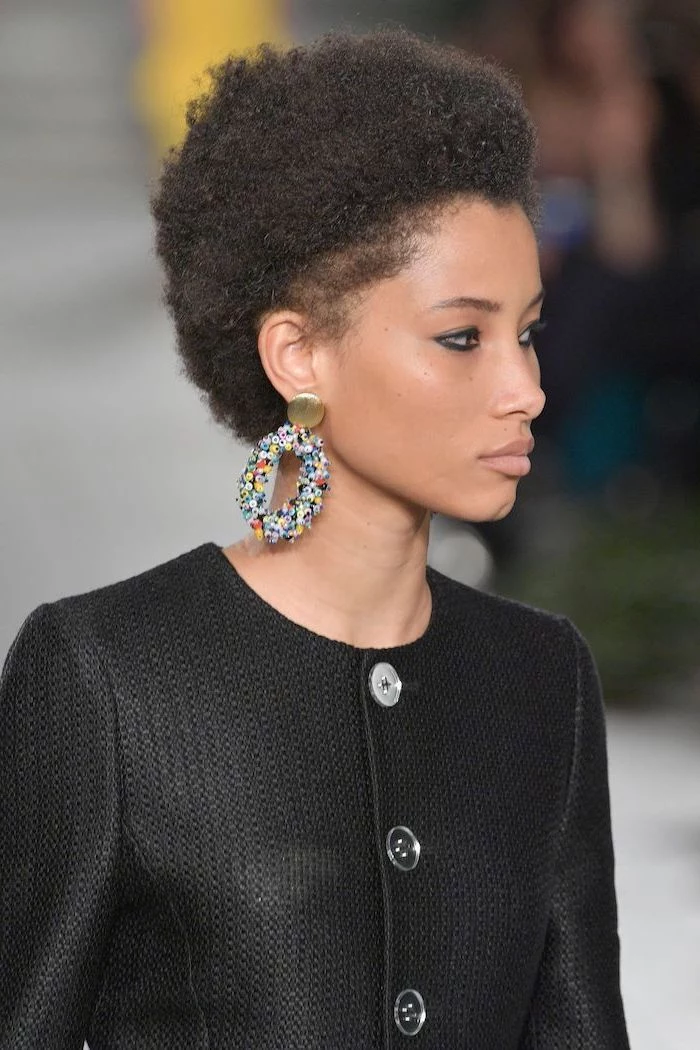

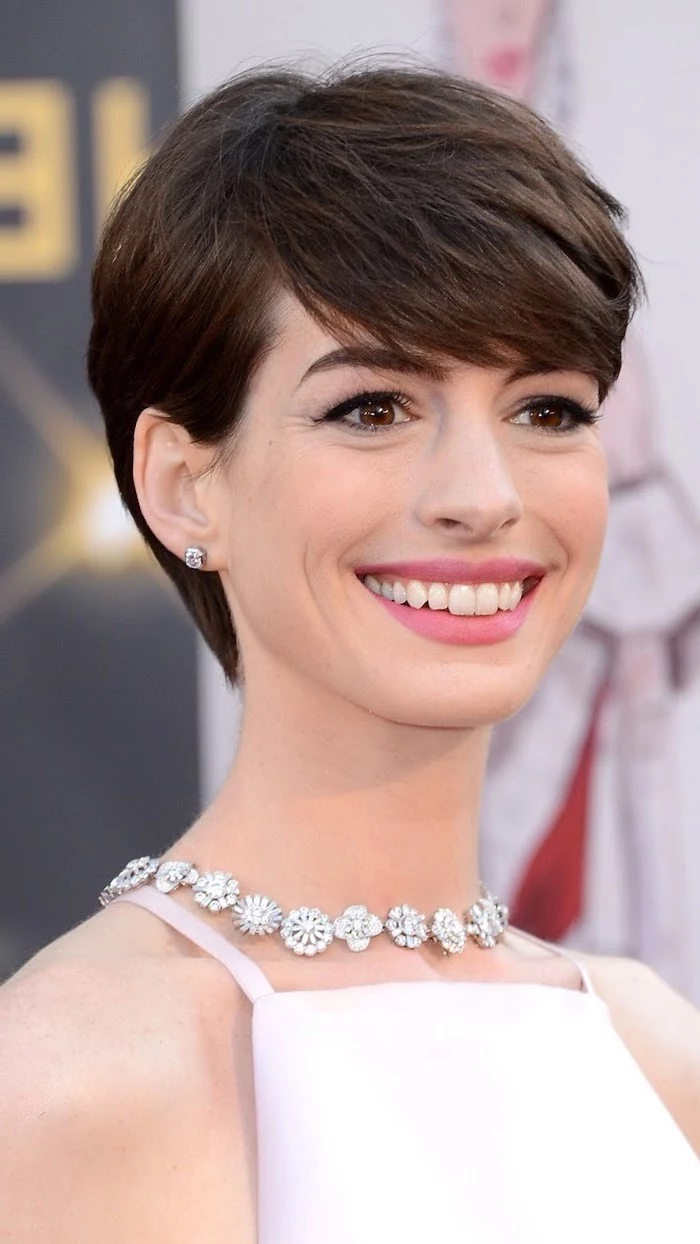
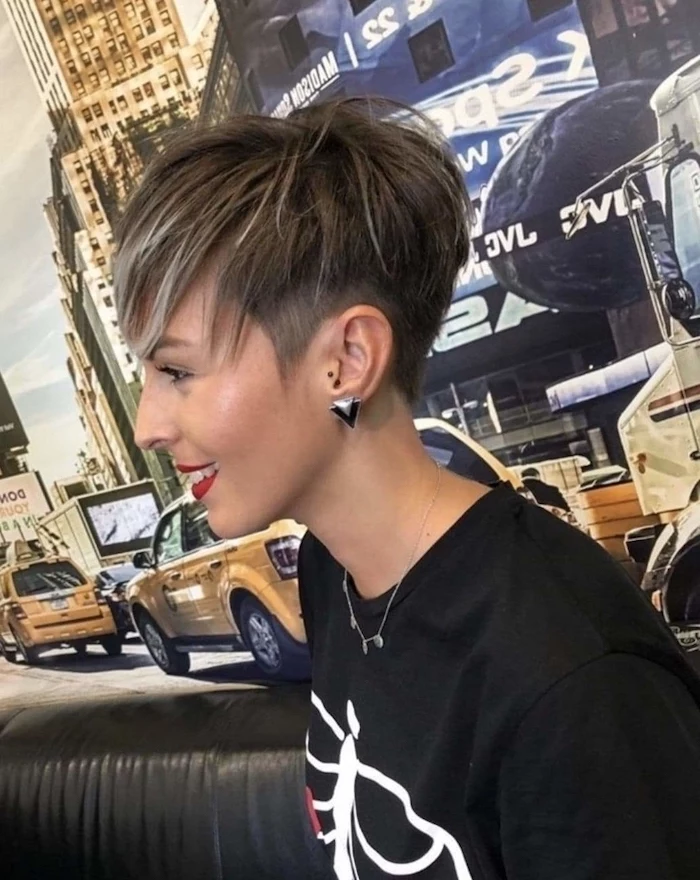
- Less shampoo and conditioner used per wash.
- Significantly faster drying times, reducing heat damage.
- A feeling of lightness and freedom, especially in warmer months.
The secret? The health benefits of the ‘big chop’ aren’t just for your strands. Your scalp gets a chance to breathe, and you often end up with hair that’s virtually free of old color or heat damage.


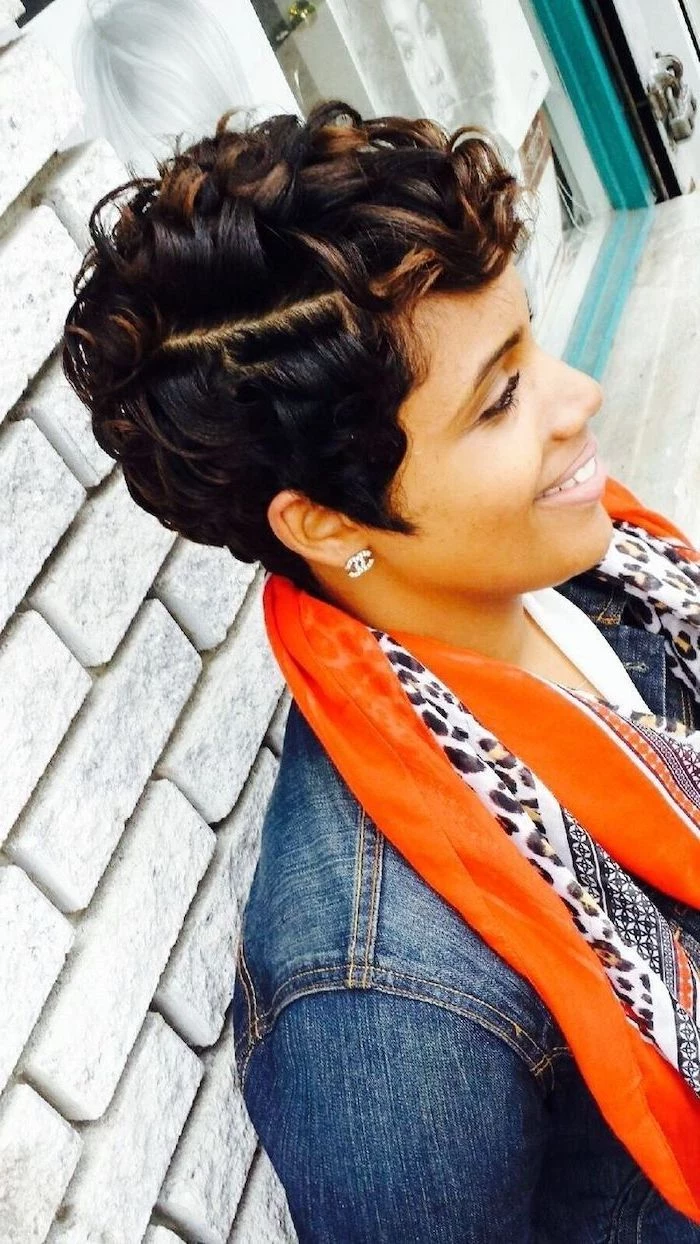
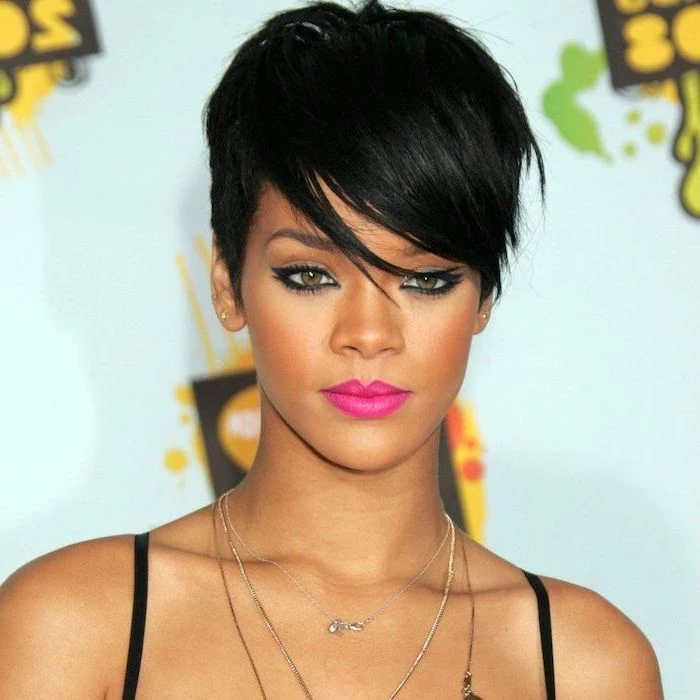
Important point: Your relationship with your stylist becomes more crucial than ever. A short haircut requires trims every 4 to 7 weeks to maintain its shape. Find a stylist you trust and enjoy talking to—you’ll be seeing them more often!
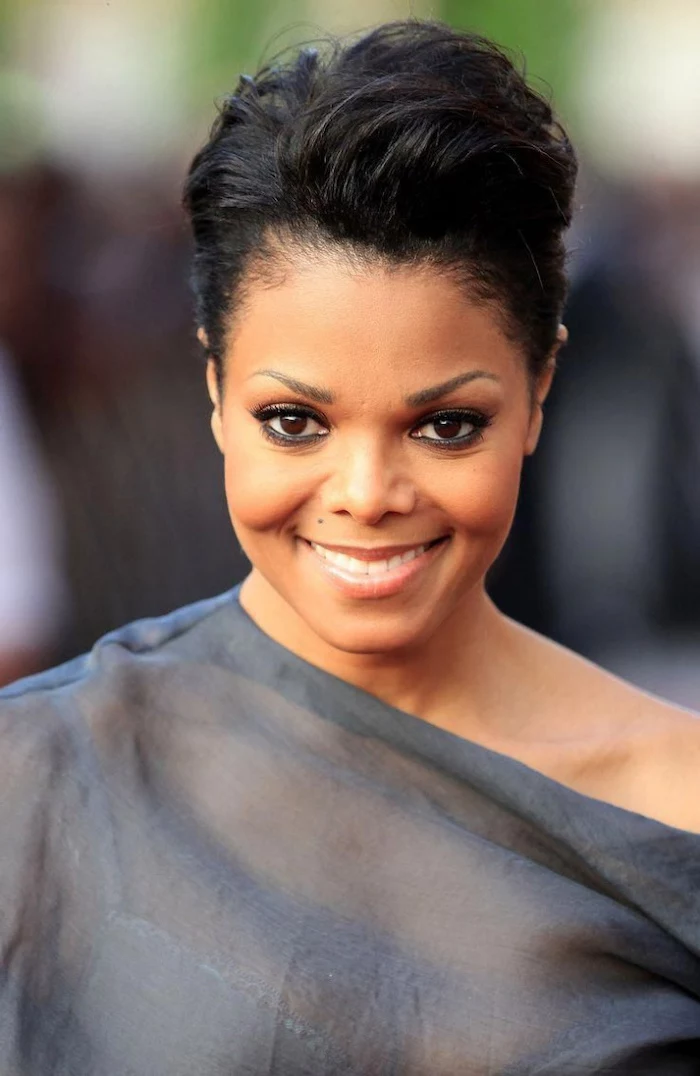
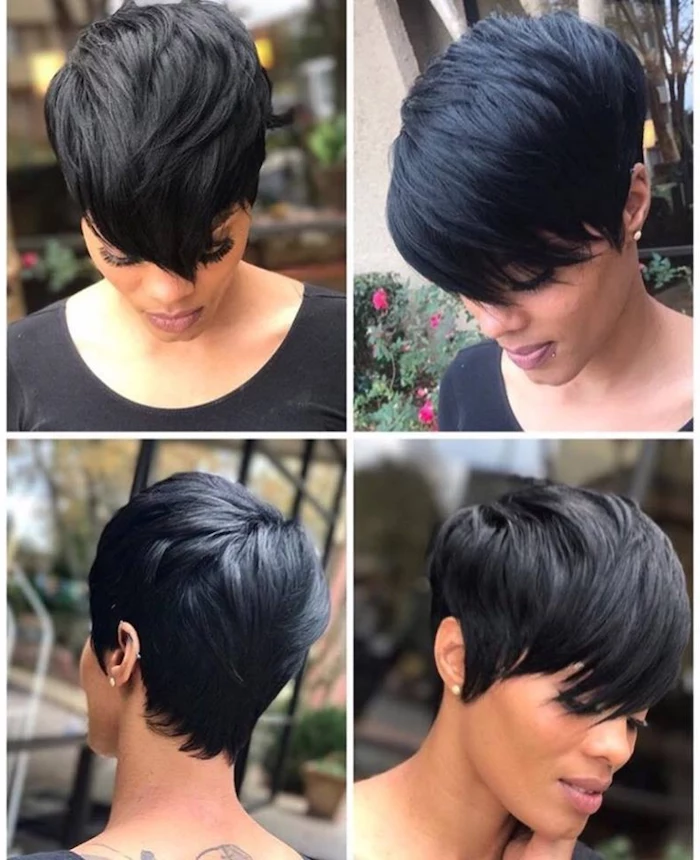
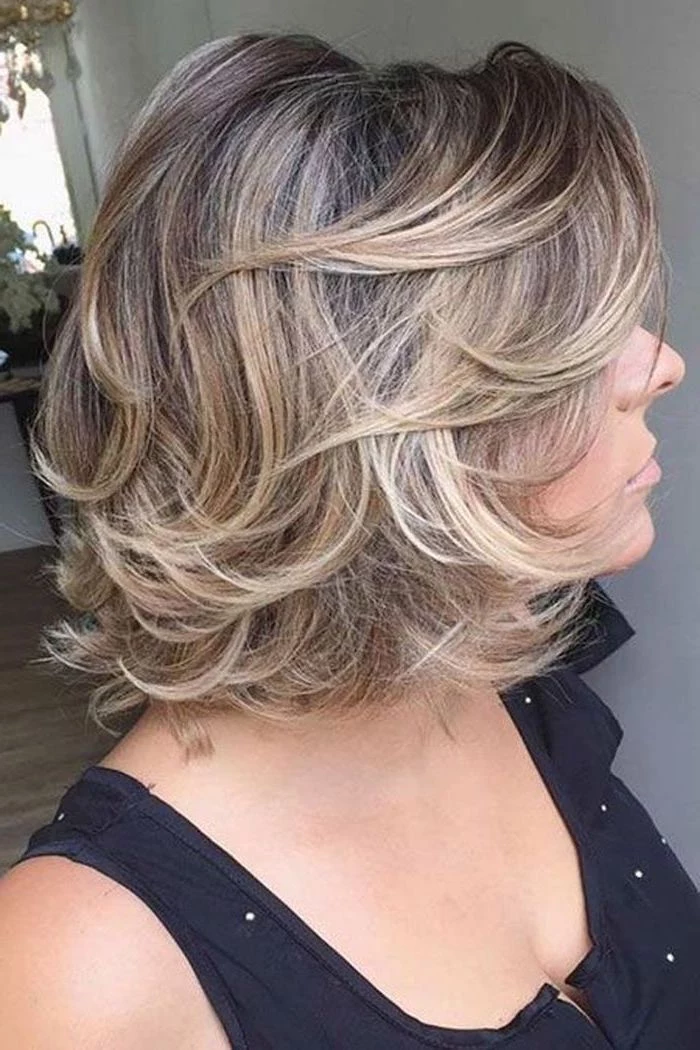
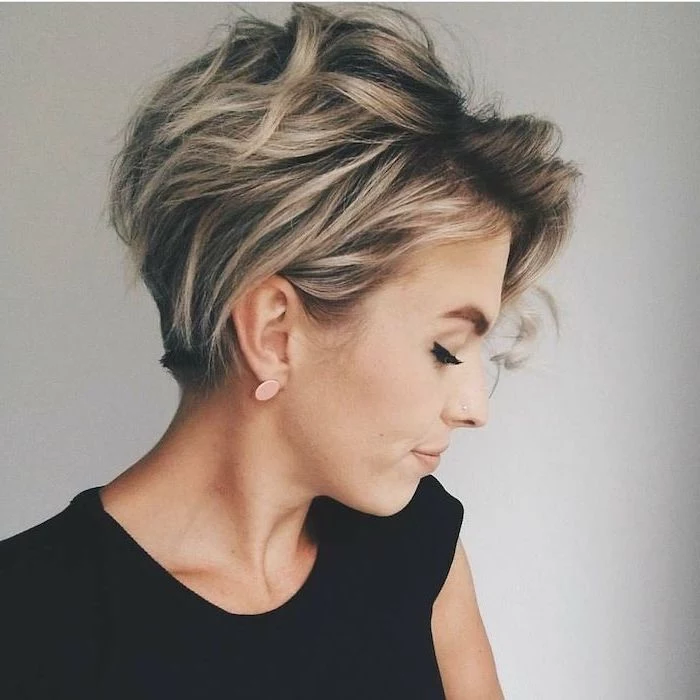
According to a study, women with shorter, more ‘stylish’ cuts are often perceived as more confident, creative, and unconventional in professional settings.
This perception shift isn’t just external; many women report feeling a surge of self-assurance after a major chop, as if shedding old weight and stepping into a more assertive version of themselves.
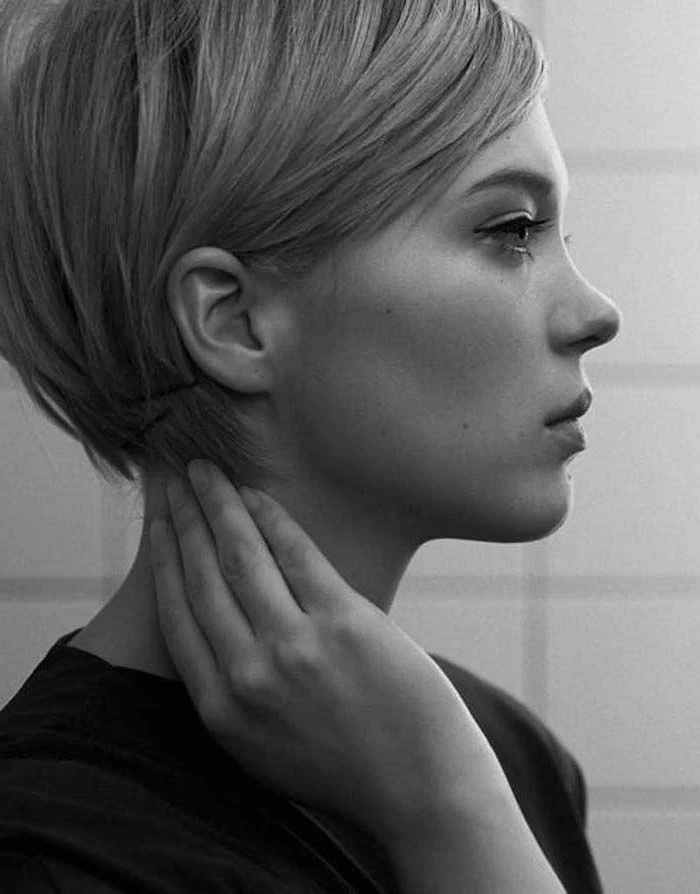

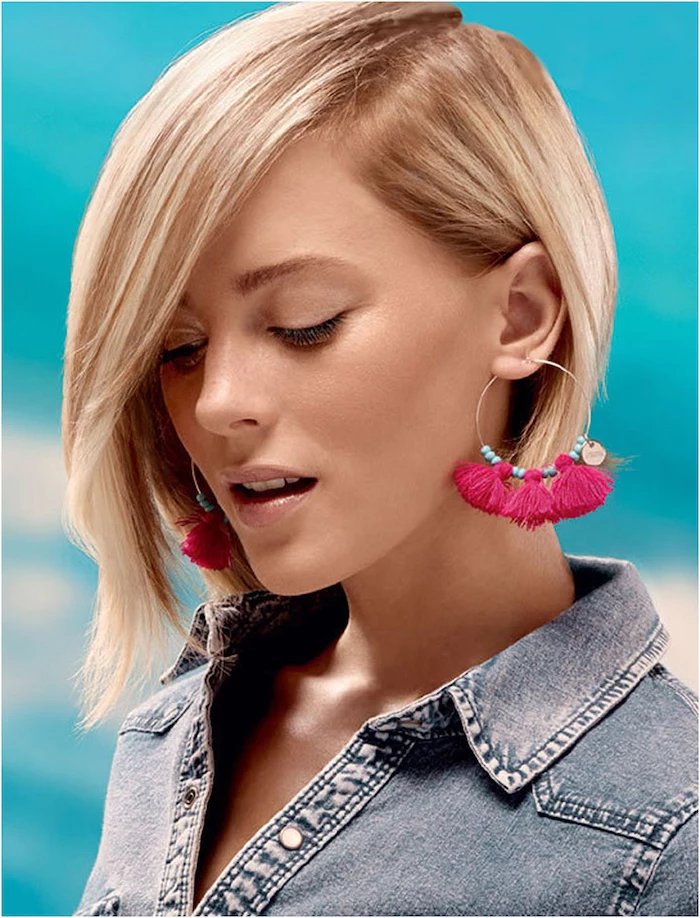
Will I be stuck with just one style?
Absolutely not! The versatility of a short cut is underrated. A pixie can be styled sleek and classic with a pomade, edgy and spiky with a firm wax, or soft and feminine with a light texture cream. Products like Oribe’s Airstyle Flexible Finish Cream or R+Co’s BADLANDS Dry Shampoo Paste become your best friends for quick transformations.
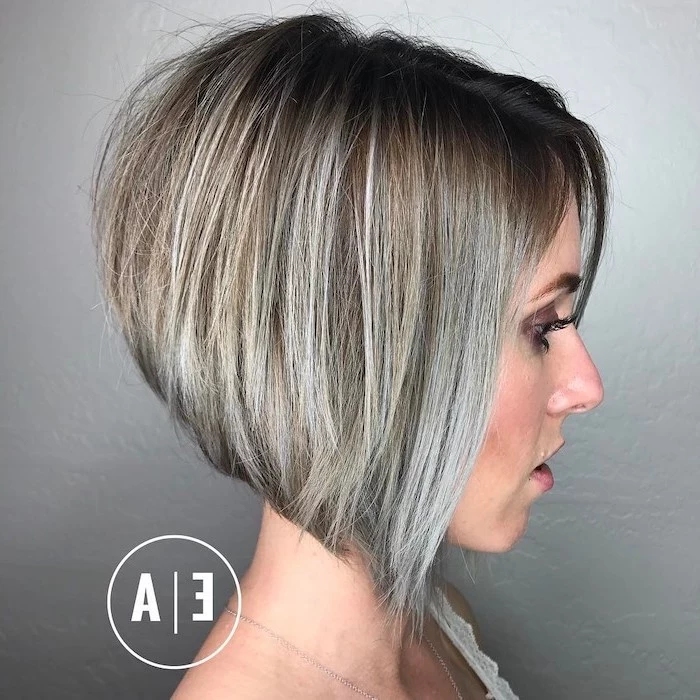
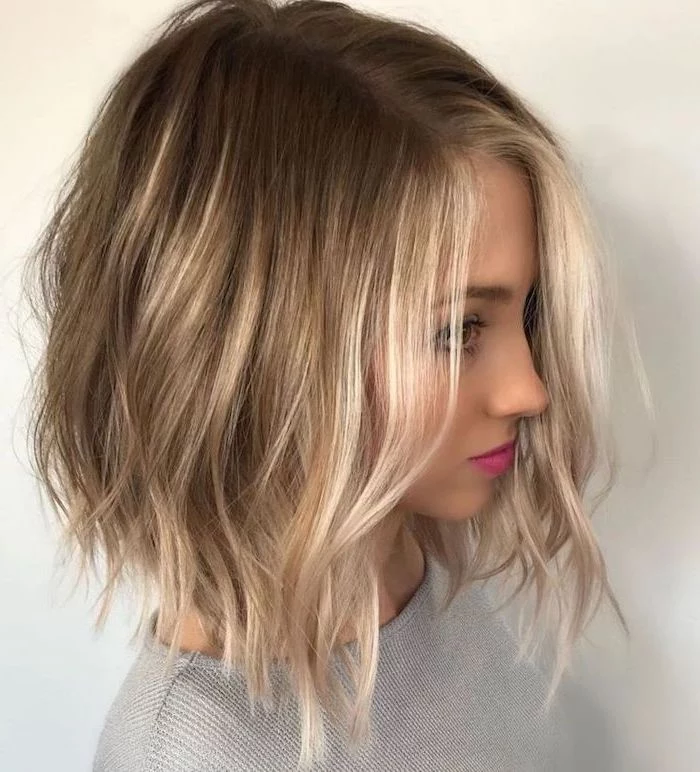
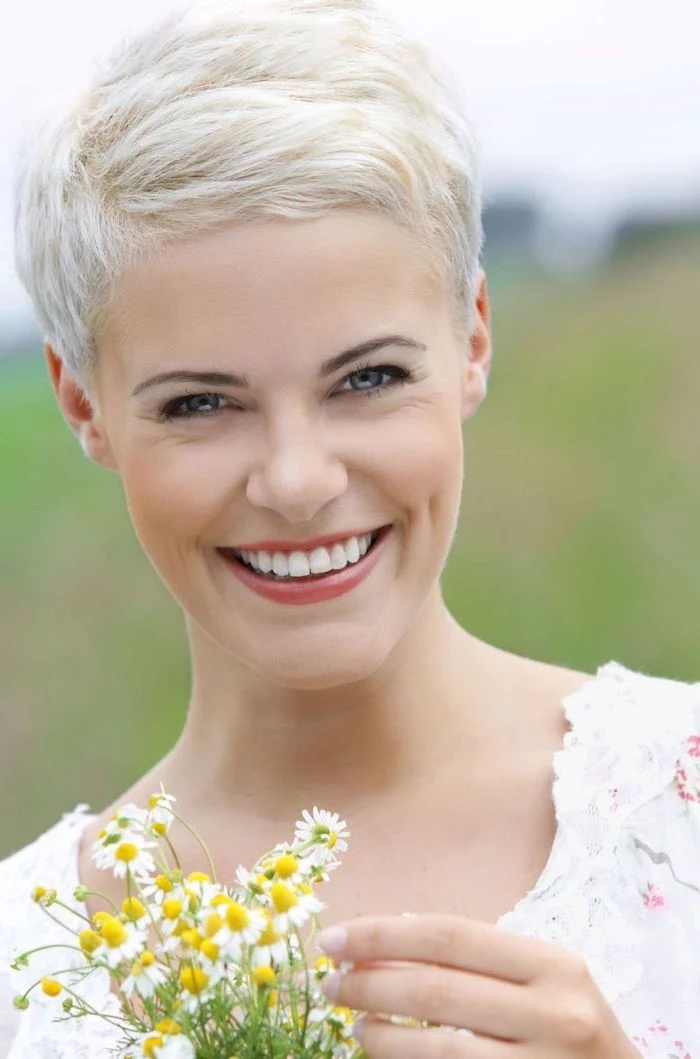
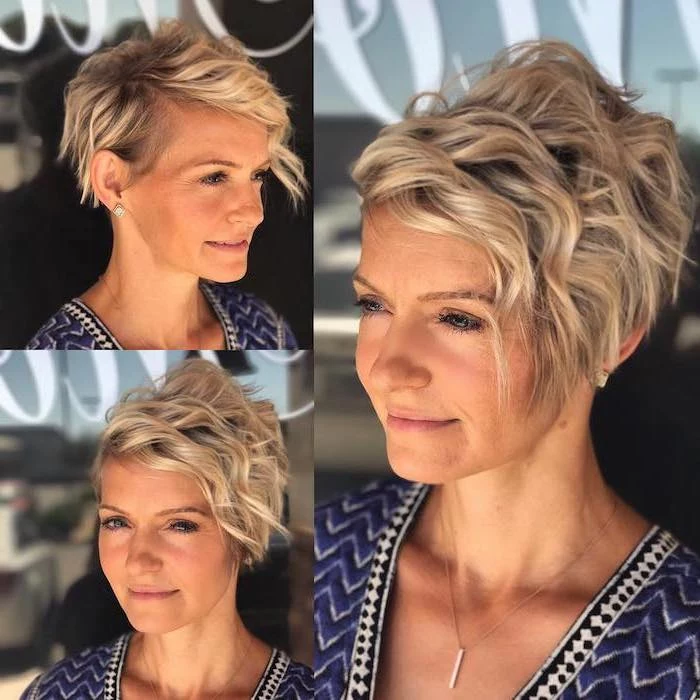
The Bixie Cut: A modern hybrid, it combines the length and versatility of a bob with the texture and layering of a pixie. It’s ideal for those who want volume and movement without committing to a super-short pixie.
The Micro Bob: A sharp, jaw-length bob with blunt ends. It’s a bold, high-fashion statement that exudes confidence and works beautifully on straight, fine-to-medium hair.
The bixie offers a softer, more tousled look, while the micro bob is all about graphic, clean lines.

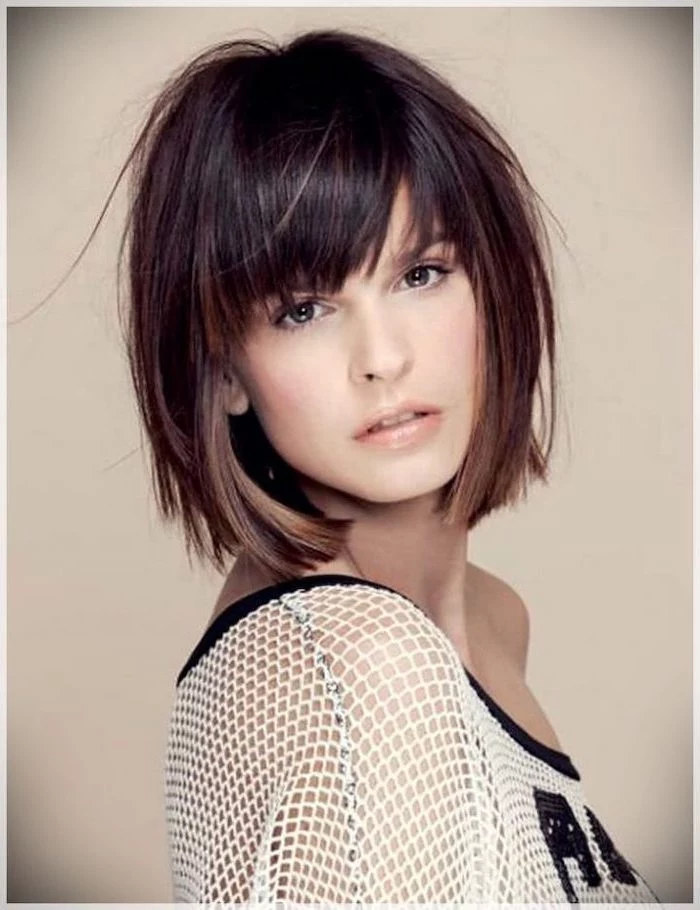

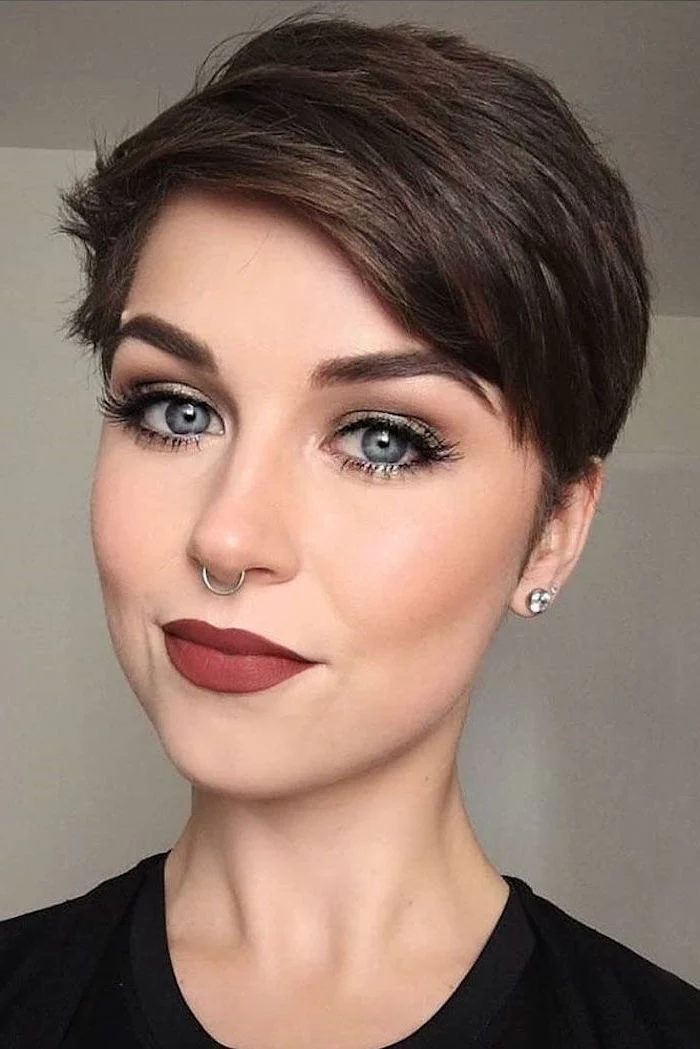
Bring more than just ‘yes’ photos to your consultation. Creating a ‘no’ list is just as powerful. Show your stylist pictures of short cuts you actively dislike. This helps them understand your boundaries and pinpoint the specific elements—like a certain type of bang, a feathery texture, or a rounded shape—that you want to avoid, ensuring you get a cut that feels like you.
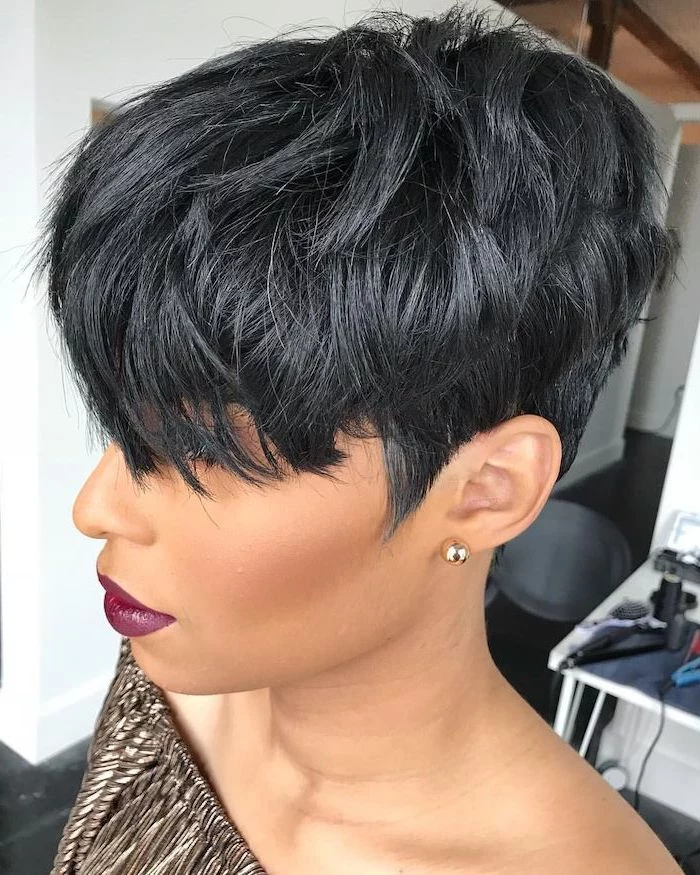
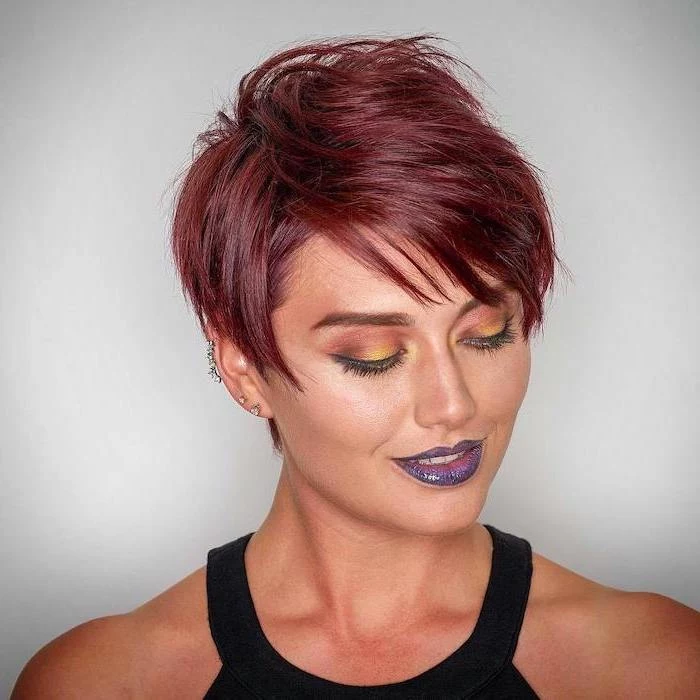
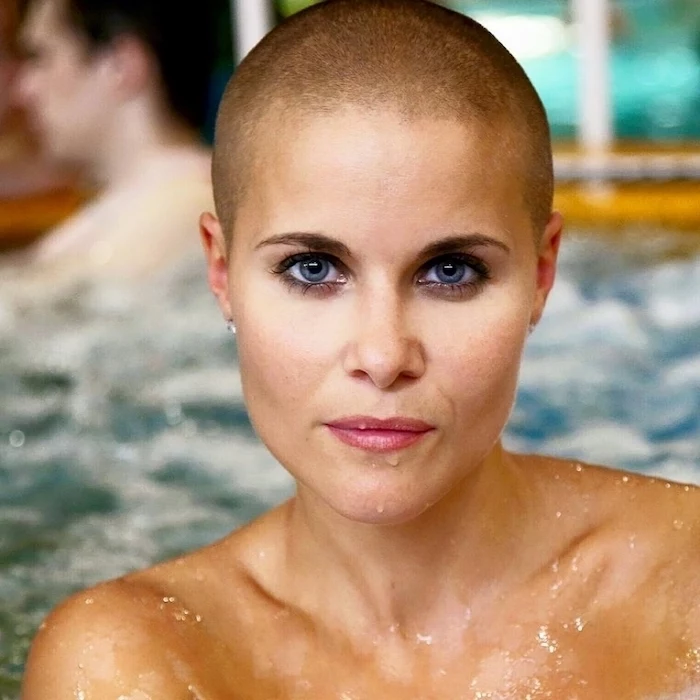
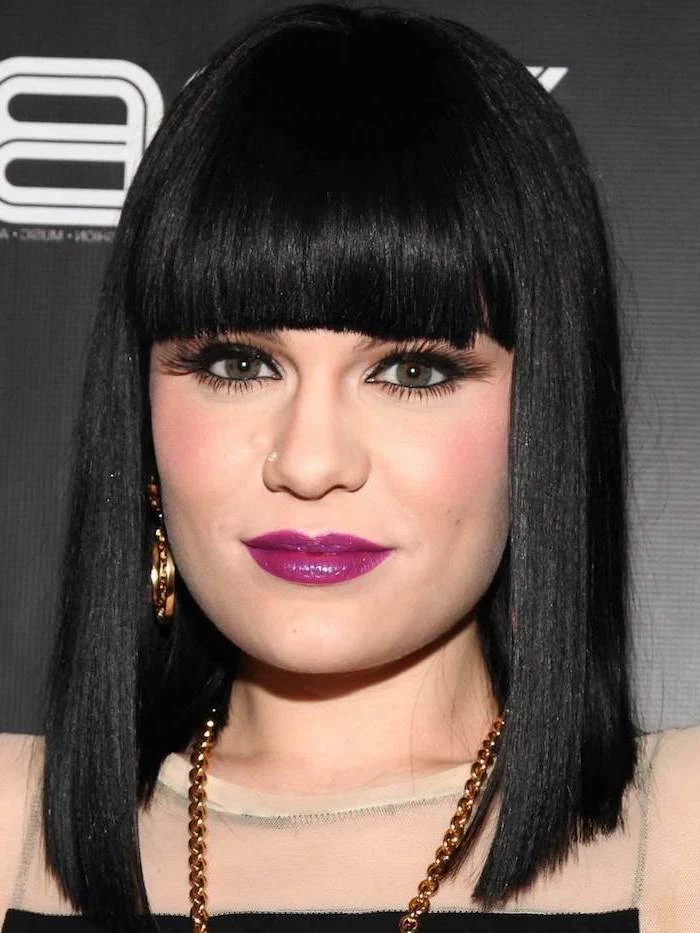
Consider the grow-out phase from day one. A great short cut is designed to evolve gracefully. Ask your stylist about the transition period:
- Will it morph into a chic bob or a shaggy mullet?
- How can you style it during the awkward in-between stages?
- Are there key trimming appointments that will reshape it as it grows?
A well-planned cut ensures you’ll love your hair not just for the first month, but for the entire journey.
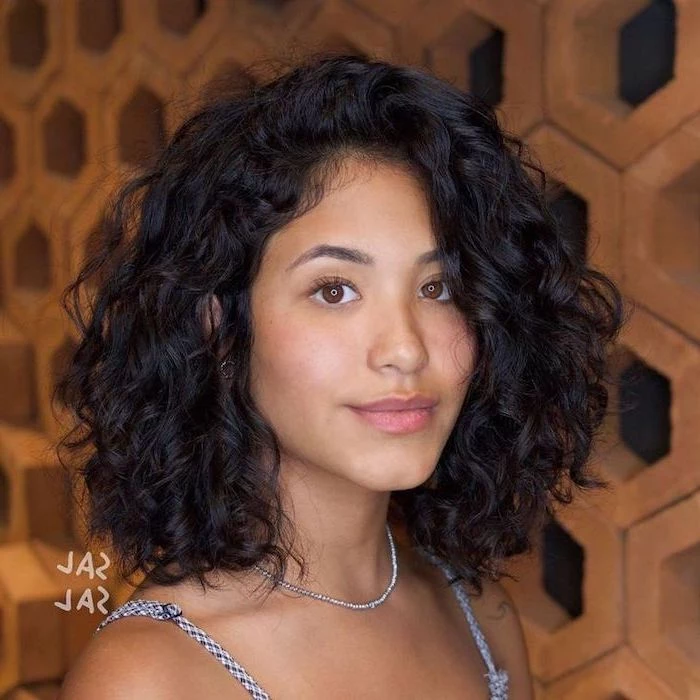
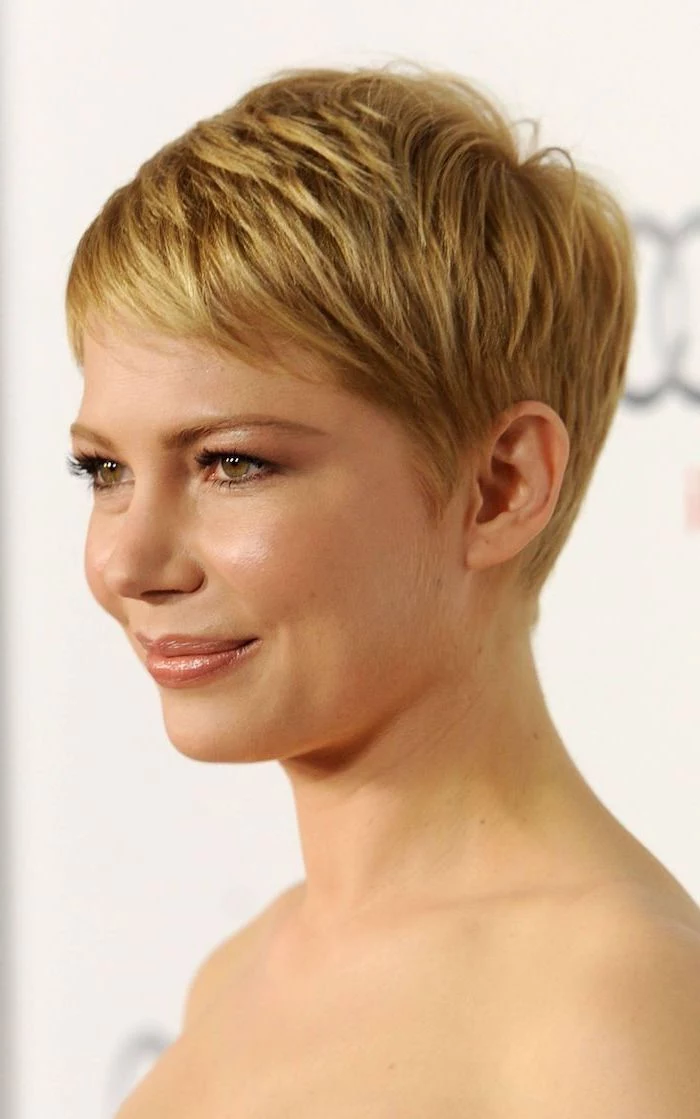

Let’s talk cowlicks. Everyone has them, but with short hair, they can dictate your style. A skilled stylist won’t fight a strong cowlick; they’ll incorporate it into the cut, using its natural lift and direction to create volume or a perfect side-sweep. Pointing yours out during the consultation is a non-negotiable step.



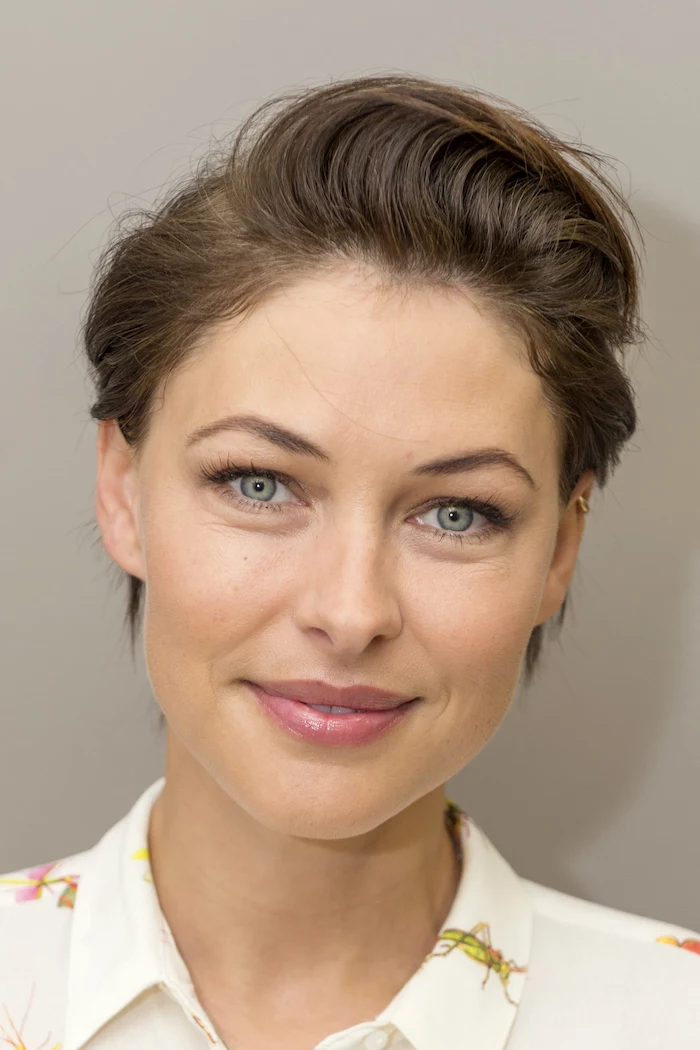
- A pea-sized amount of matte pomade for definition.
- A spritz of sea salt spray for piecey, beachy texture.
- A lightweight root-lifting mousse for volume before blow-drying.
- A good dry shampoo for refreshing and adding grit on day two.
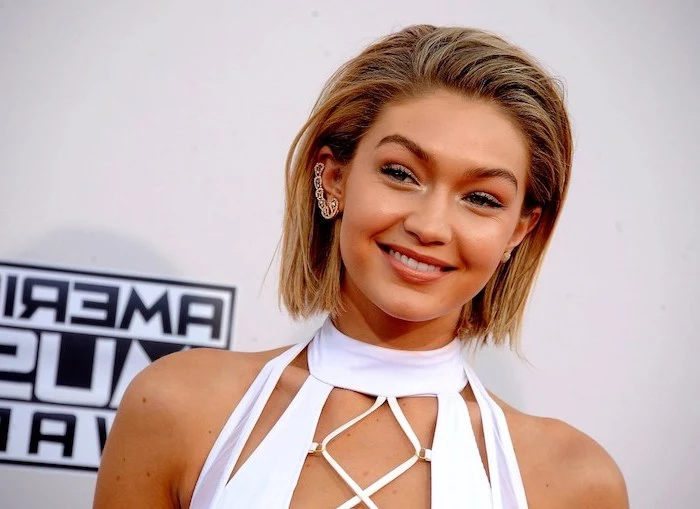
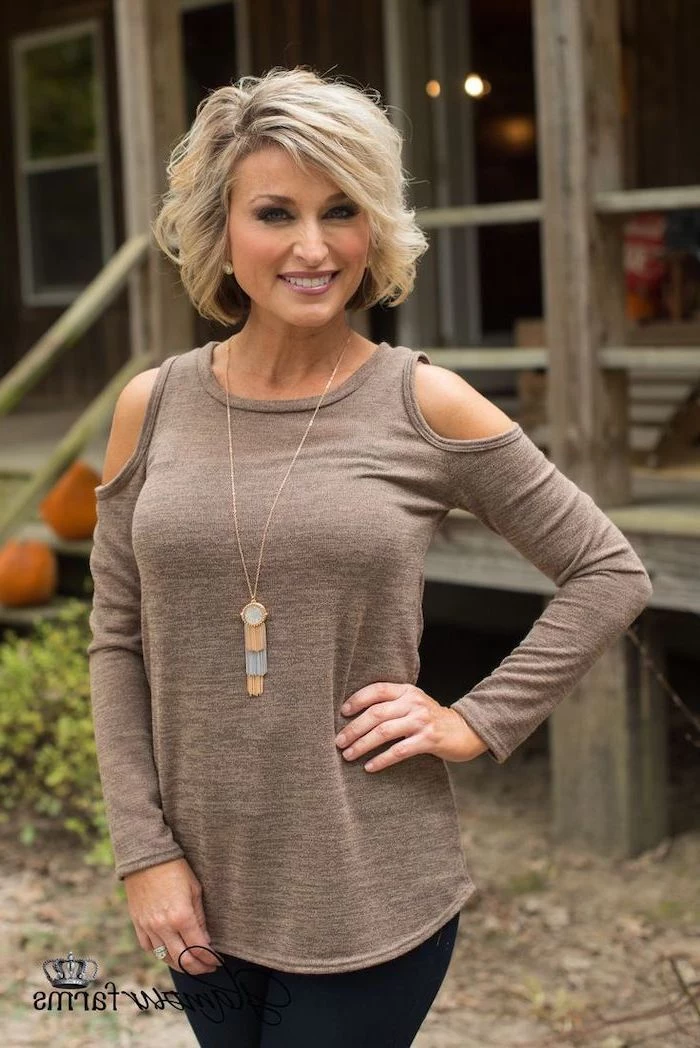
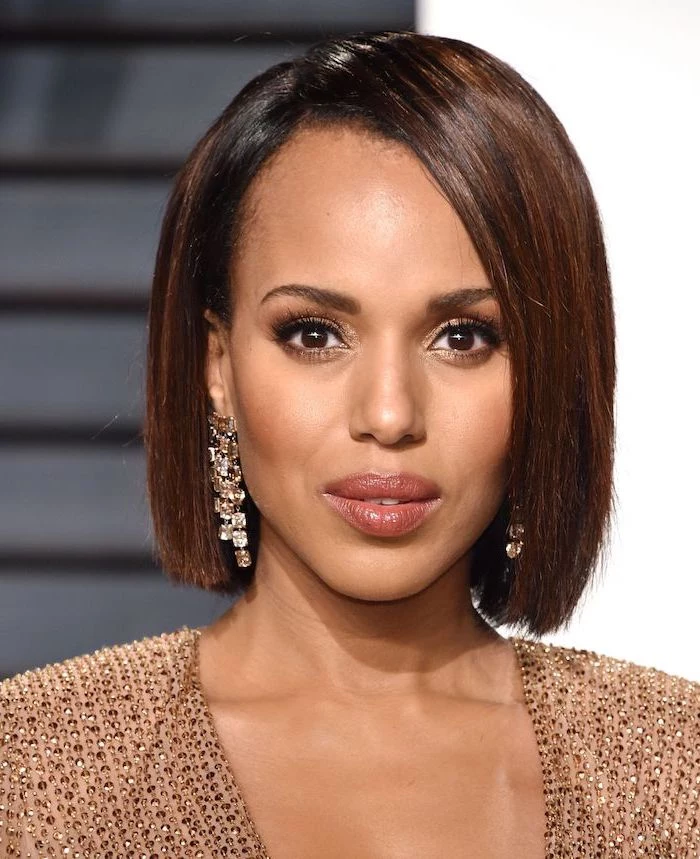

Does my face shape really not matter at all?
It’s not that it’s irrelevant, but it’s a minor detail compared to hair texture, density, and your lifestyle. Instead of focusing on ‘oval’ or ‘square,’ a good stylist looks at your specific bone structure. They might use a longer fringe to soften a strong jawline, or build volume on top to balance your features. It’s a bespoke approach, not a one-shape-fits-all formula.
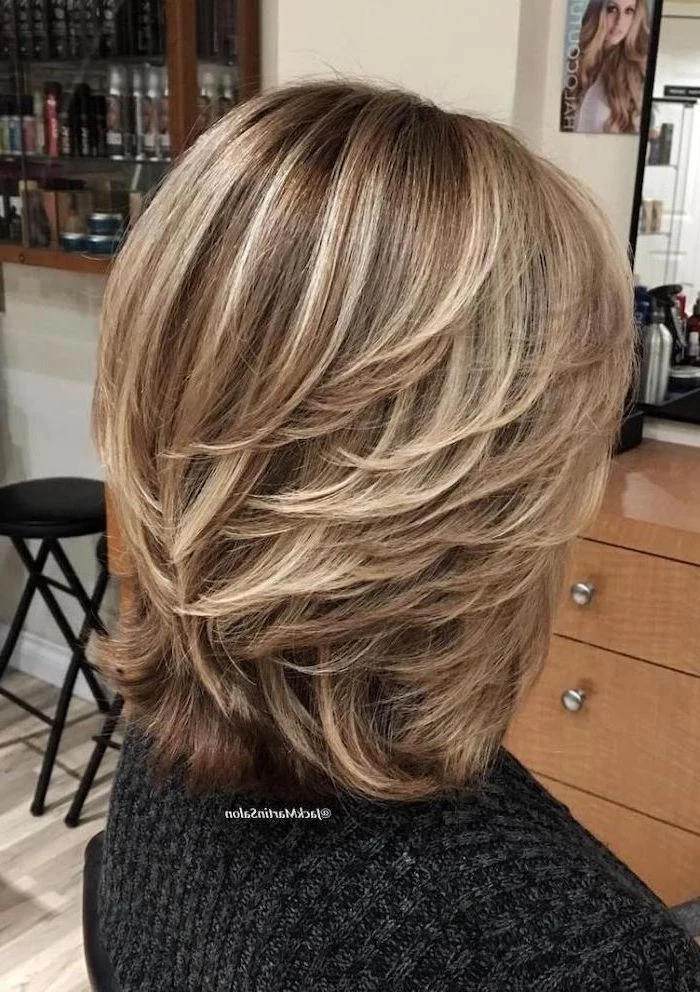
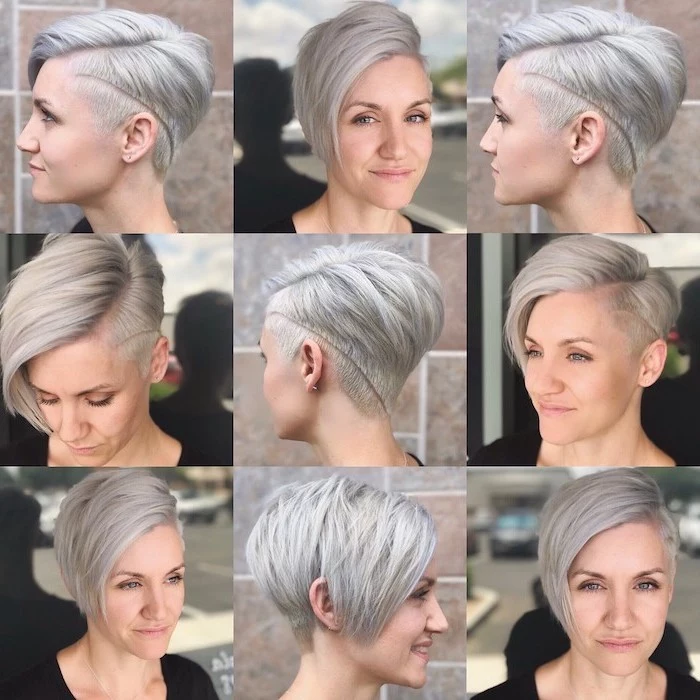
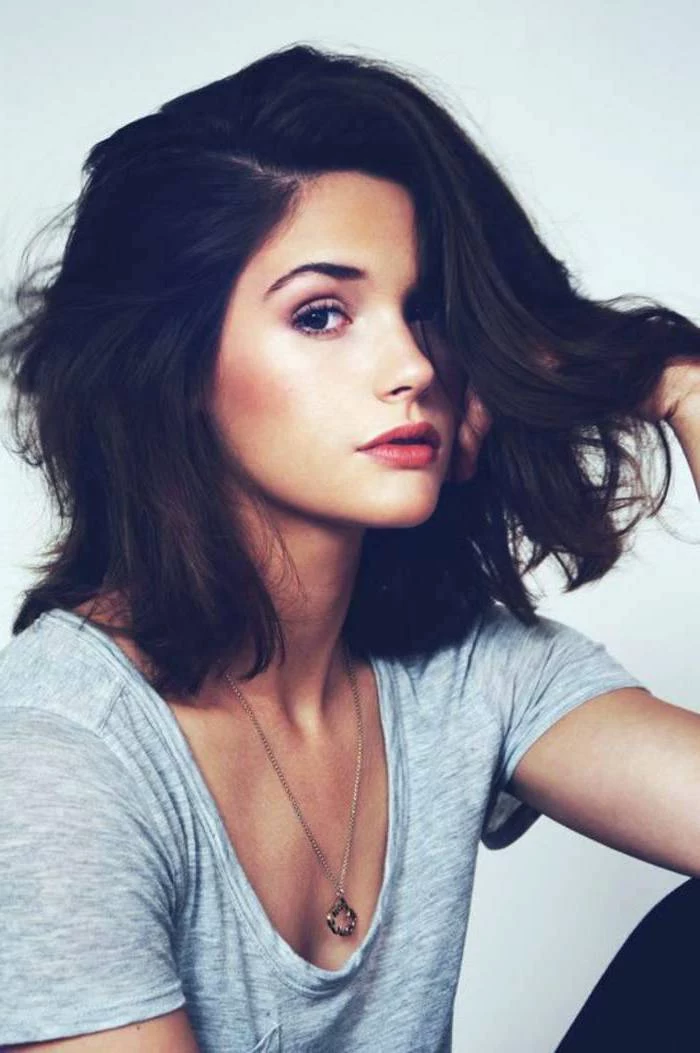
Color placement is a game-changer on short hair. Forget traditional, uniform highlights. Techniques like ‘color blocking’ with a bold panel, subtle ‘babylights’ around the hairline to brighten the face, or a darker root shadow can add immense depth and dimension, making a simple cut look incredibly dynamic and sophisticated.
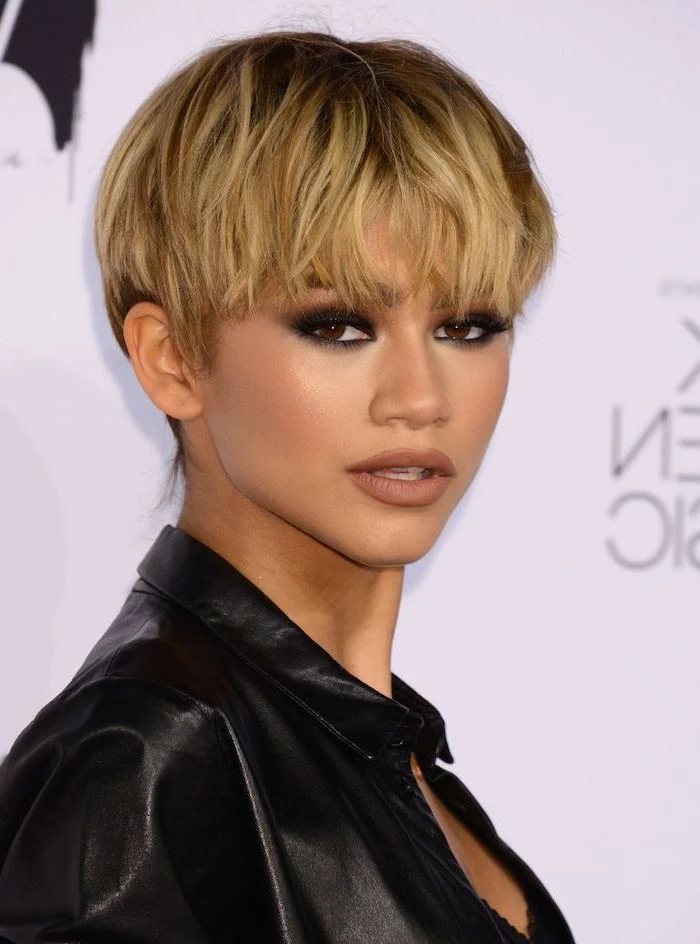
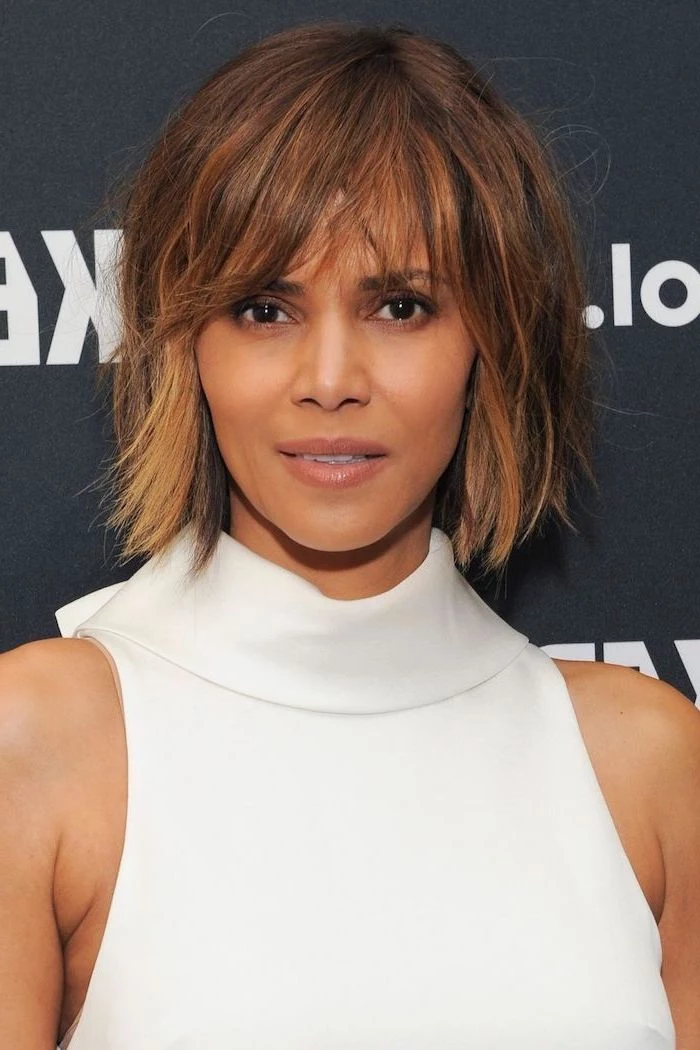
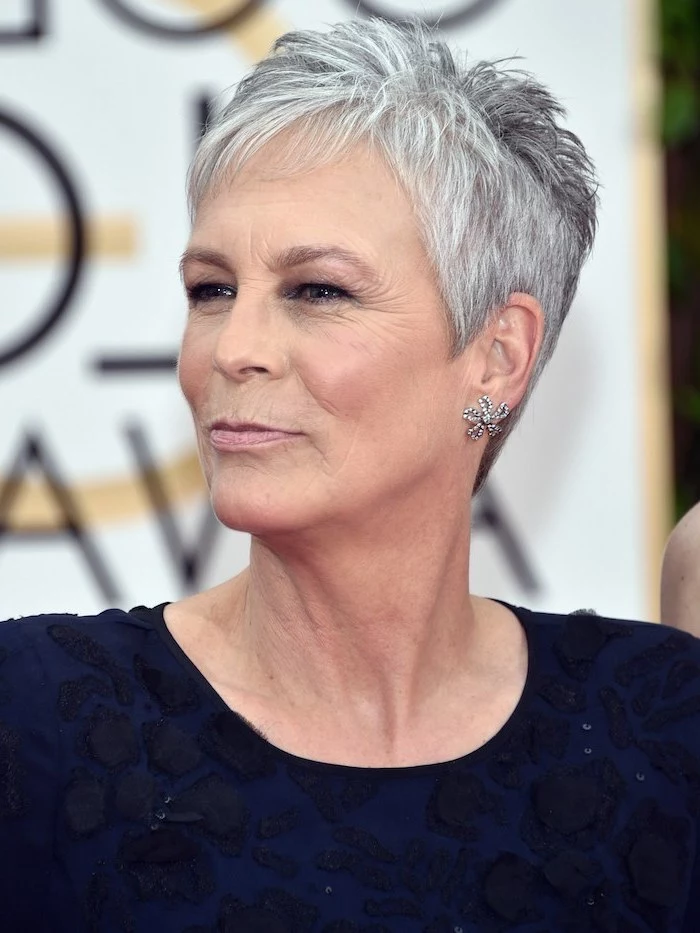

- It can be slicked back for a formal, wet-look vibe.
- Worn with a deep side part for instant drama.
- Tousled with your fingers and texture spray for an effortless weekend look.
The secret? A well-executed pixie cut. Its built-in layers and texture make it one of the most stylistically versatile cuts out there.


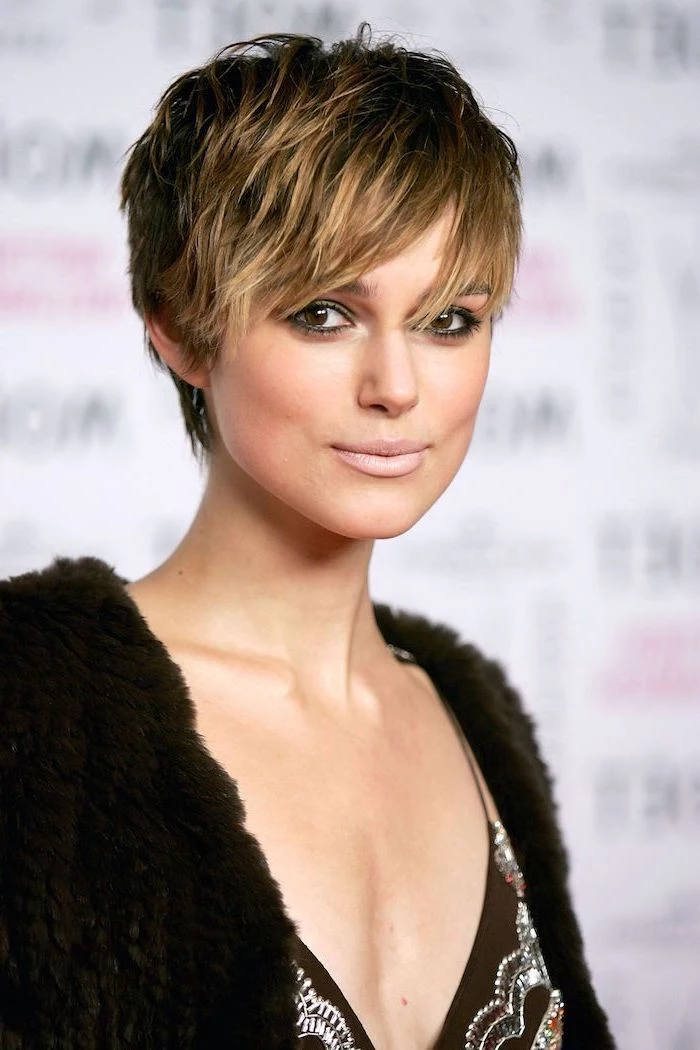

The iconic pixie cut worn by Mia Farrow in the 1968 film *Rosemary’s Baby* was famously cut by the legendary Vidal Sassoon and cost $5,000 (an astronomical sum at the time).
This haircut became a cultural moment, symbolizing a new era of freedom and modern femininity. It cemented the pixie as a powerful, high-fashion statement that endures to this day.
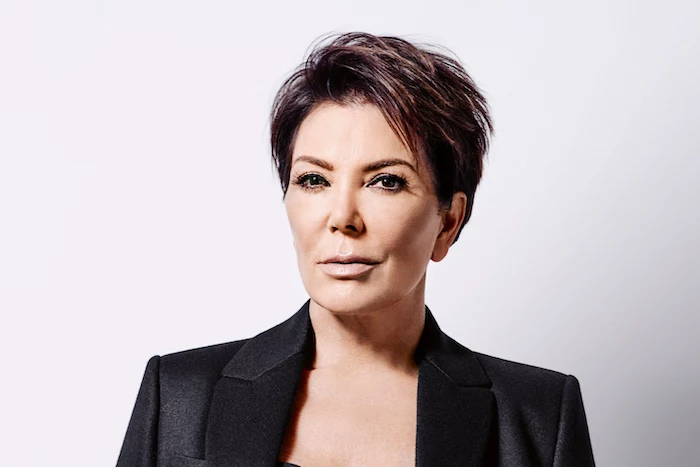
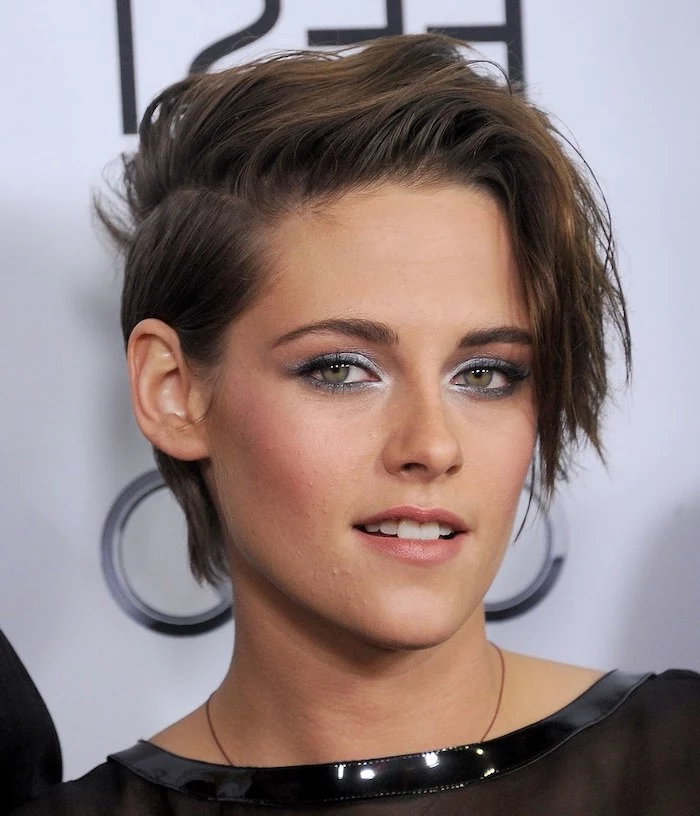
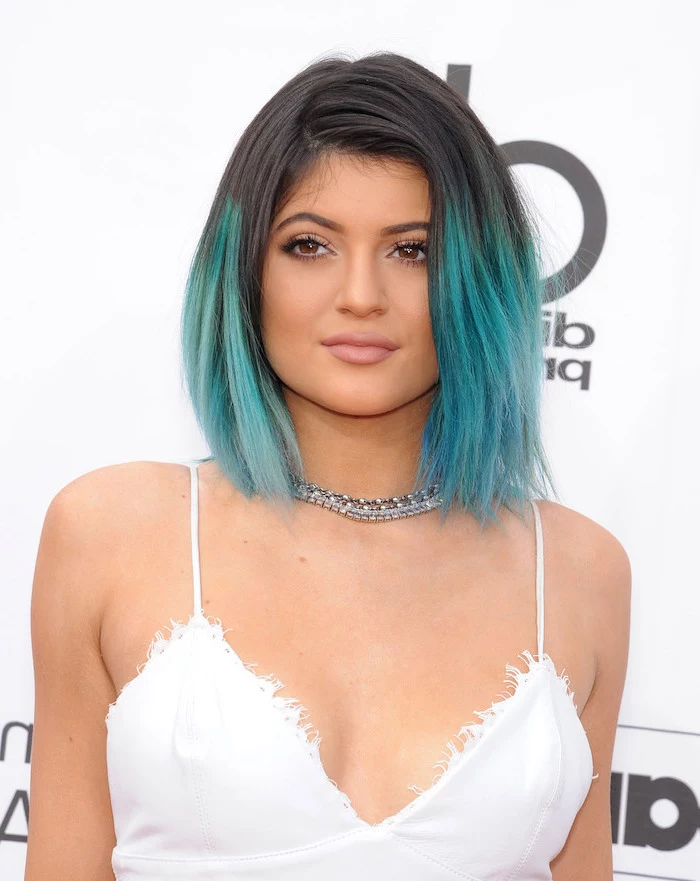

Matte Pomade: Gives a textured, piecey, and shine-free finish. Perfect for creating that ‘undone’ look on pixies and short bobs. Think of brands like Fatboy Hair’s Perfect Putty.
Shine Wax: Delivers high shine and a more polished, controlled look. Ideal for taming flyaways on a sleek bob or creating a sharp, defined style. Kérastase’s Cire d’Épaisseur Texturisante is a great example.
Your choice completely depends on the final effect you’re aiming for: casual and cool, or sleek and sophisticated.
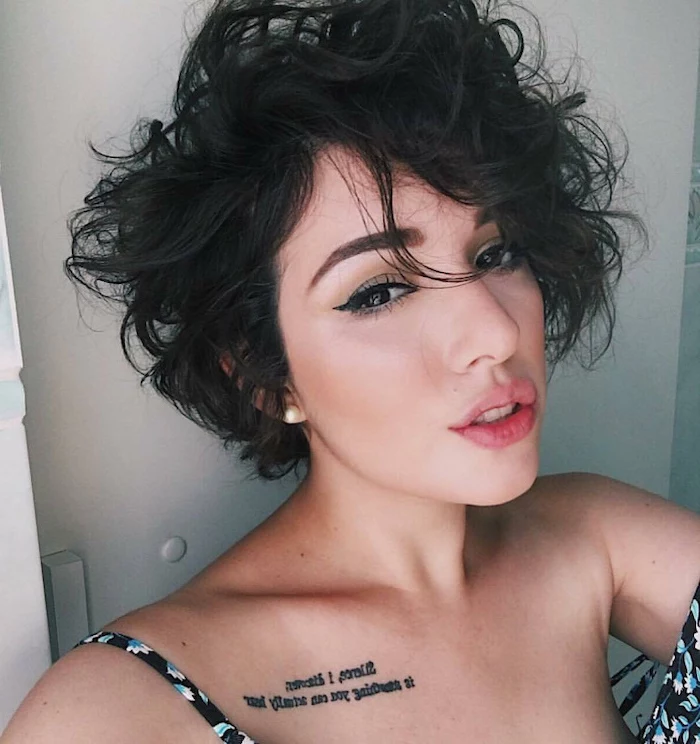
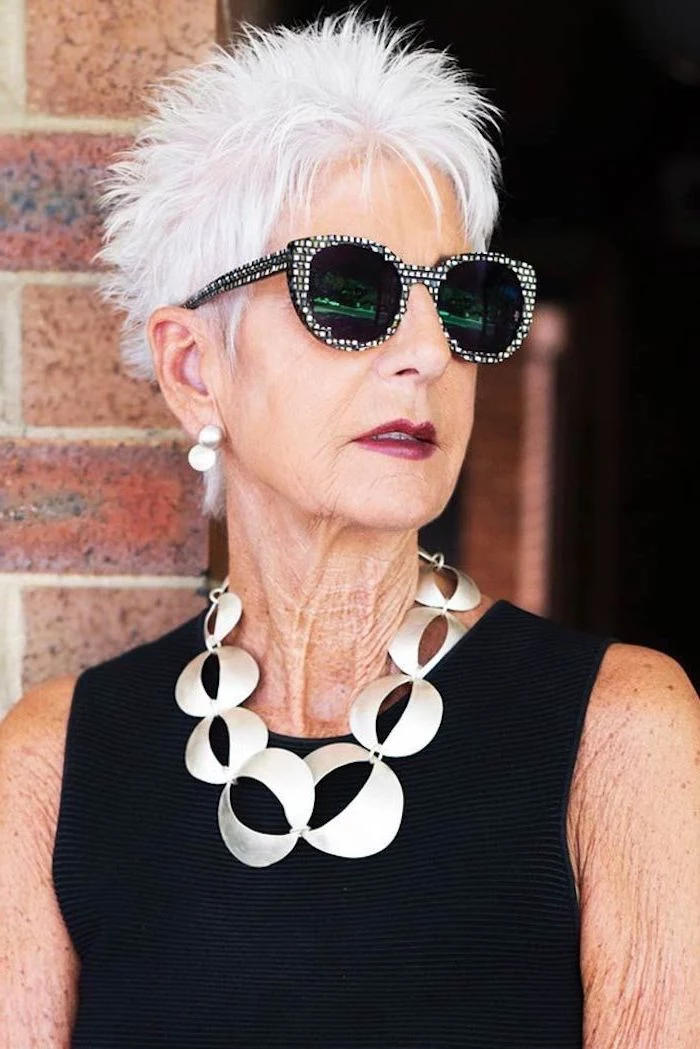

Fine hair can absolutely rock a short cut; in fact, it’s often the best way to create the illusion of thickness. The key is to opt for blunt lines, like in a sharp French bob, which makes the ends appear denser. Avoid excessive thinning or razor cutting, which can make fine hair look wispy. A good texturizing spray, like Living Proof’s Full Dry Volume & Texture Spray, will be your holy grail.

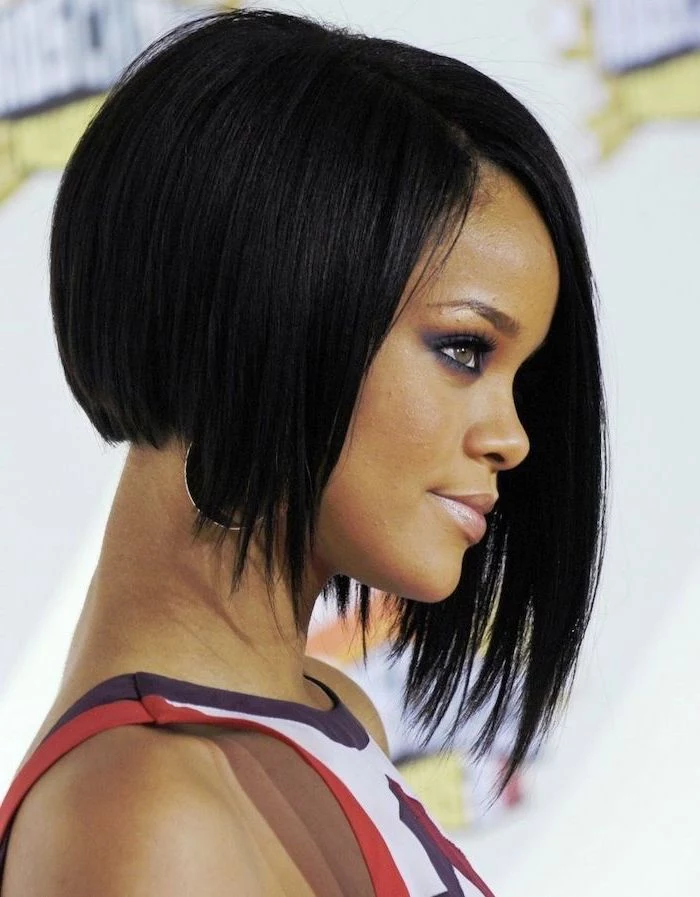
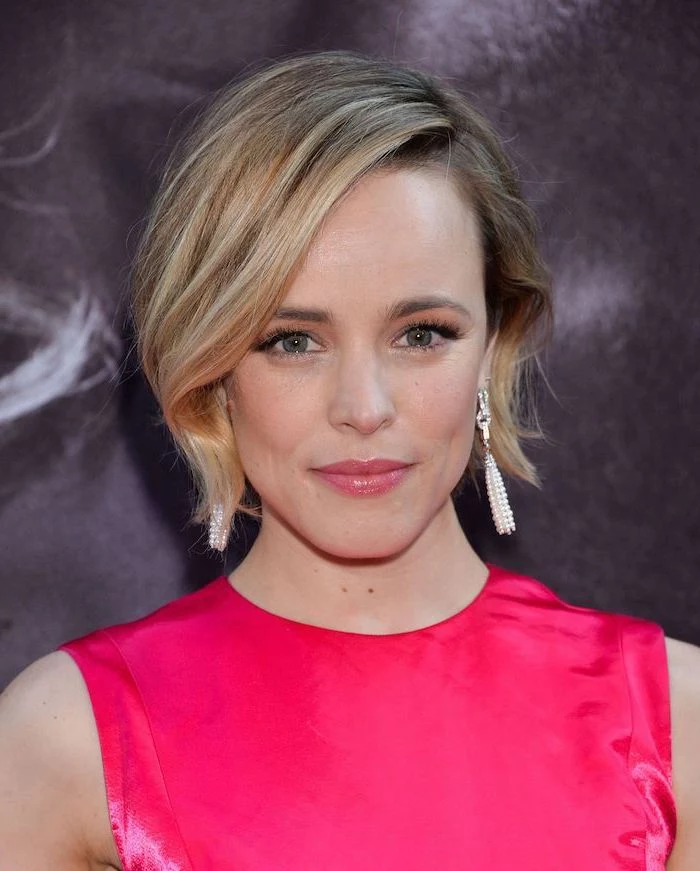
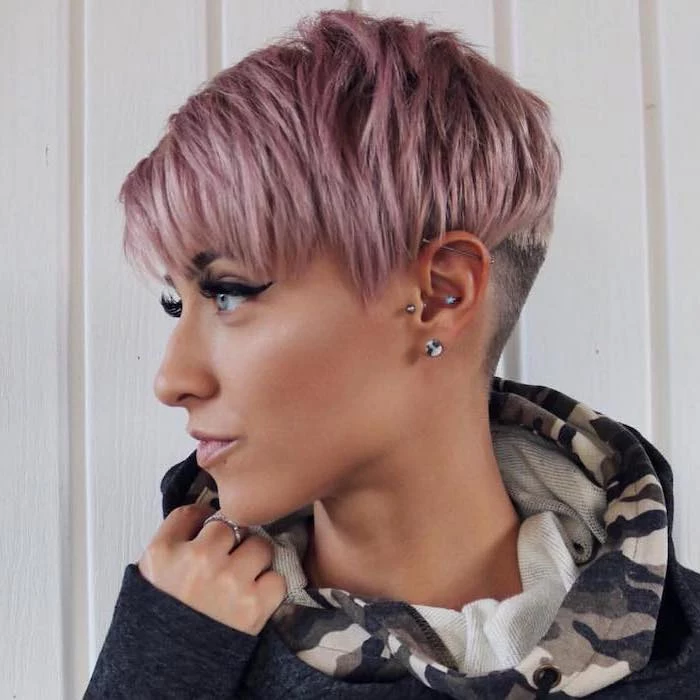
A common pitfall: Underestimating the power of the blow-dry. With long hair, you can get away with a quick rough-dry. With a structured short cut, directing the airflow with a nozzle and a brush is crucial. It helps smooth the cuticle, tame unruly sections, and set the foundation of the style for the entire day. Five minutes of focused drying can save you from a bad hair day.
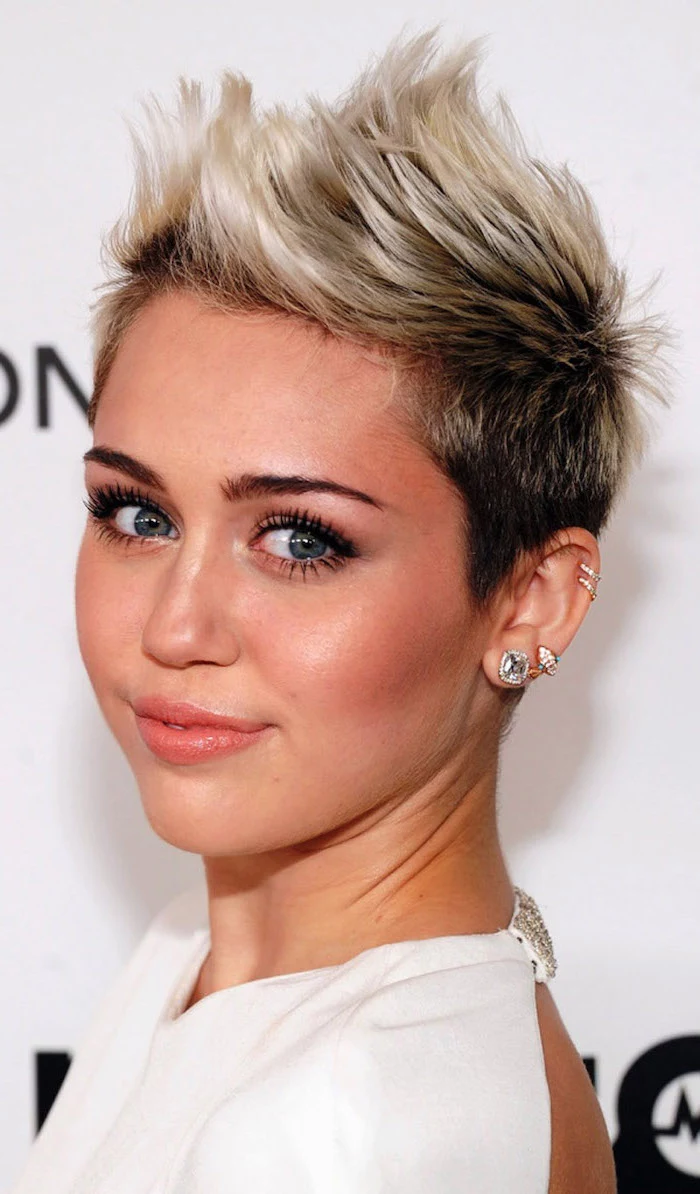
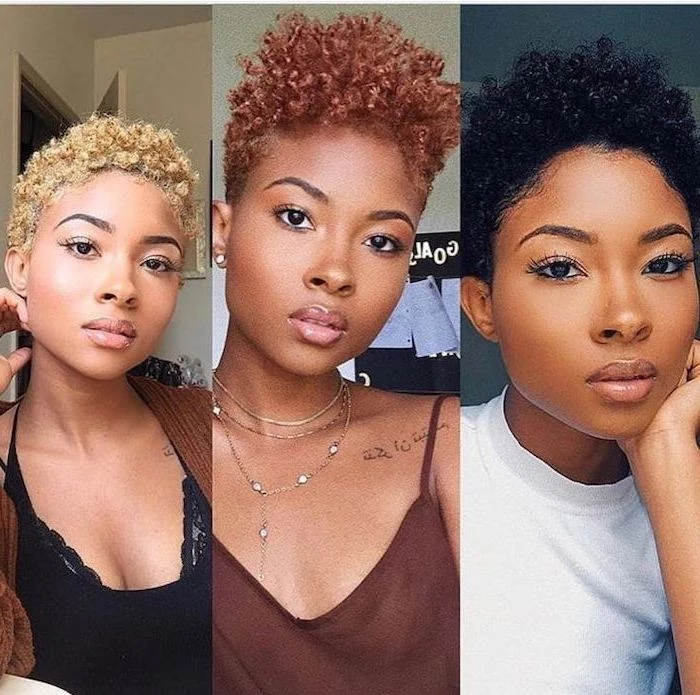
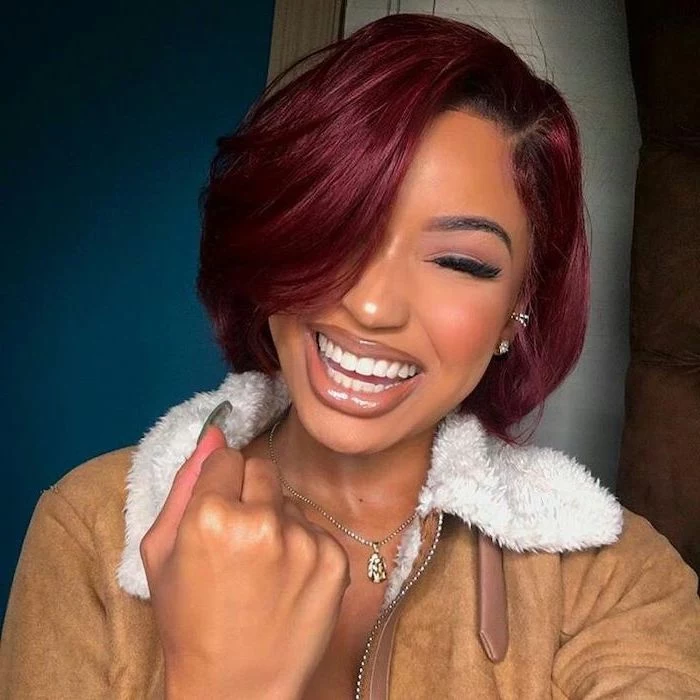
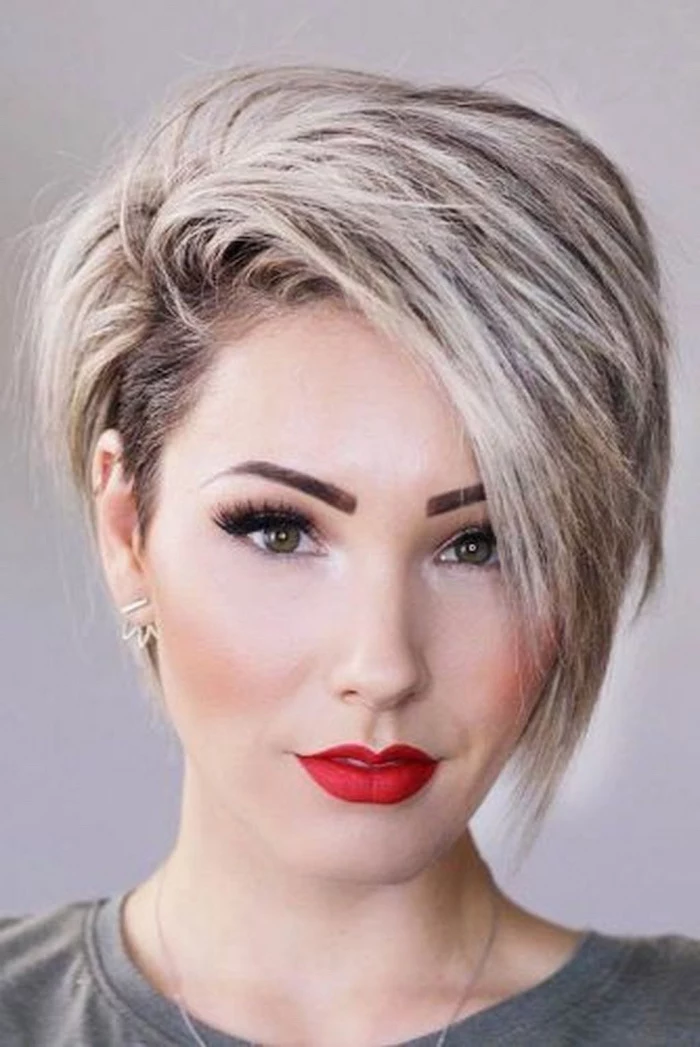
- What is the realistic daily styling time for this cut on my hair?
- Can you show me how to style it at home with the products you’re using?
- How will this cut work with my natural part and any cowlicks?
- What does the maintenance schedule look like?
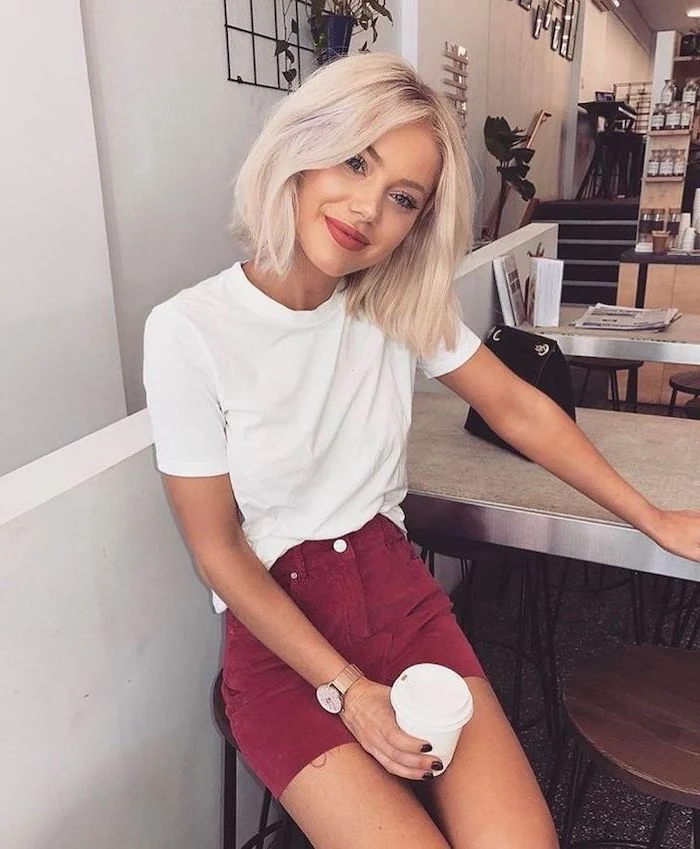
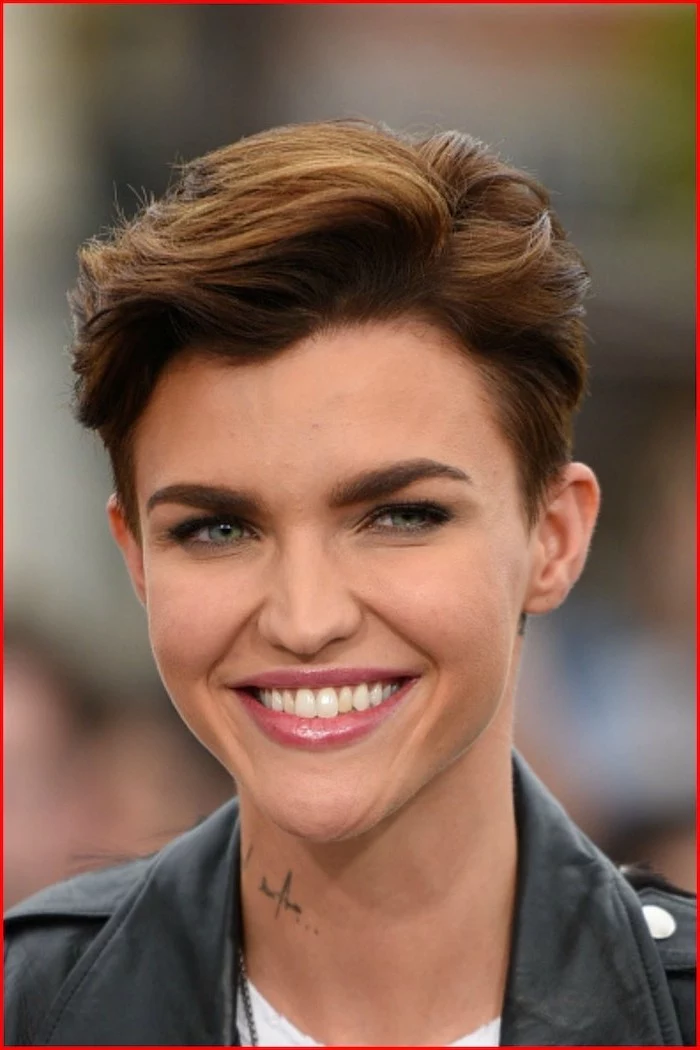
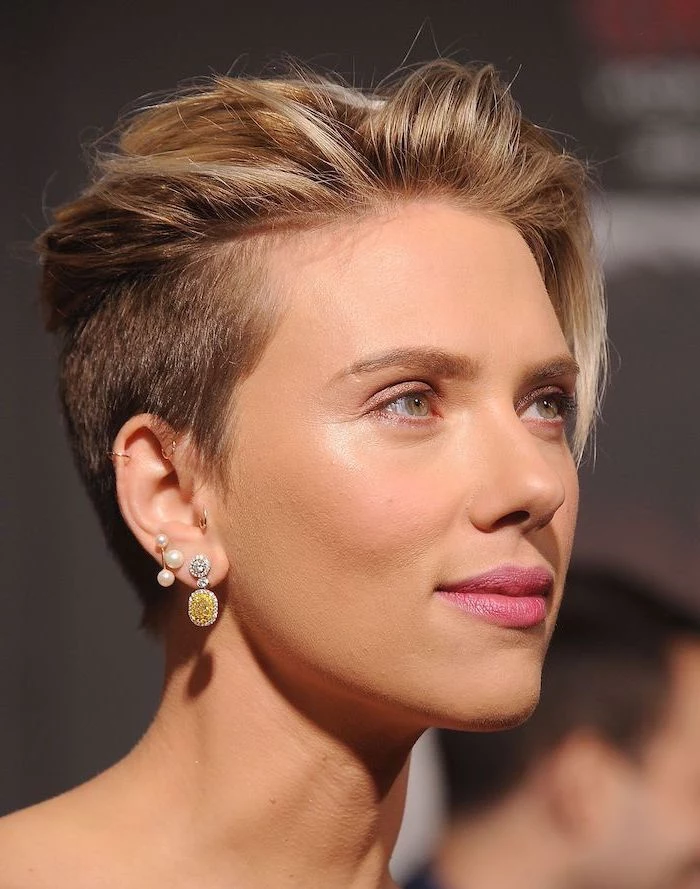

The ‘buzz cut’ isn’t a single look. There’s the induction cut (the shortest), the burr cut (slightly longer with a sandpaper feel), and even the high-and-tight. For a softer, more feminine take, ask for a ‘velvet crop,’ which leaves just enough length to feel soft to the touch and can even be tinted with a pastel color for a bold yet delicate statement.
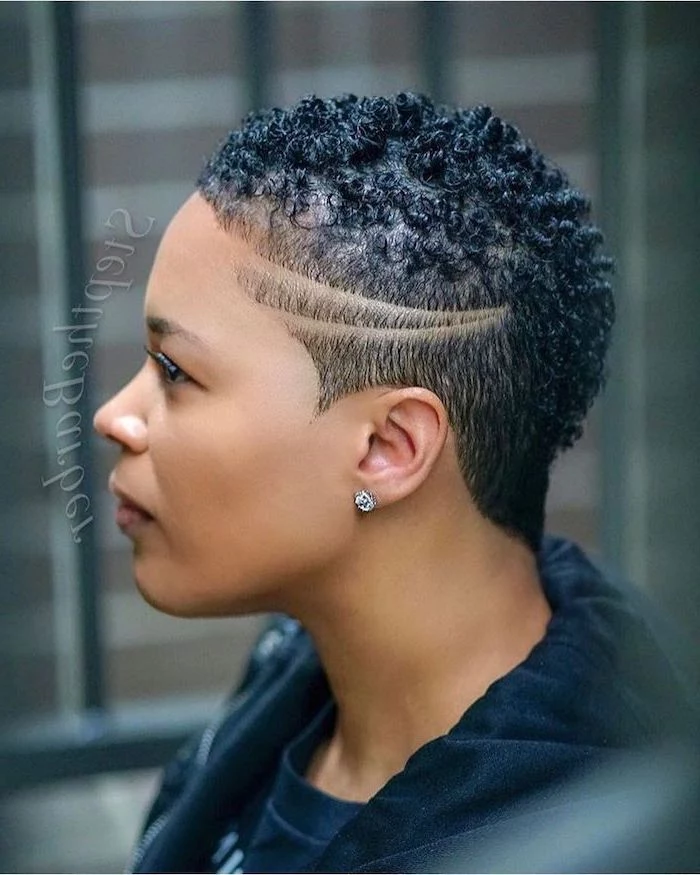
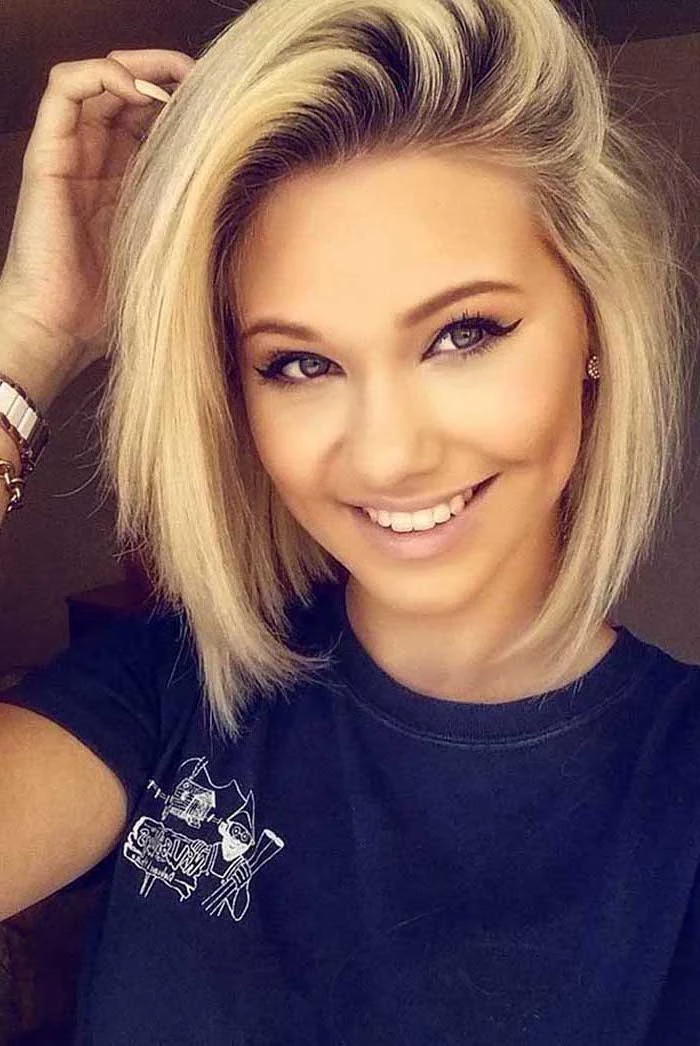
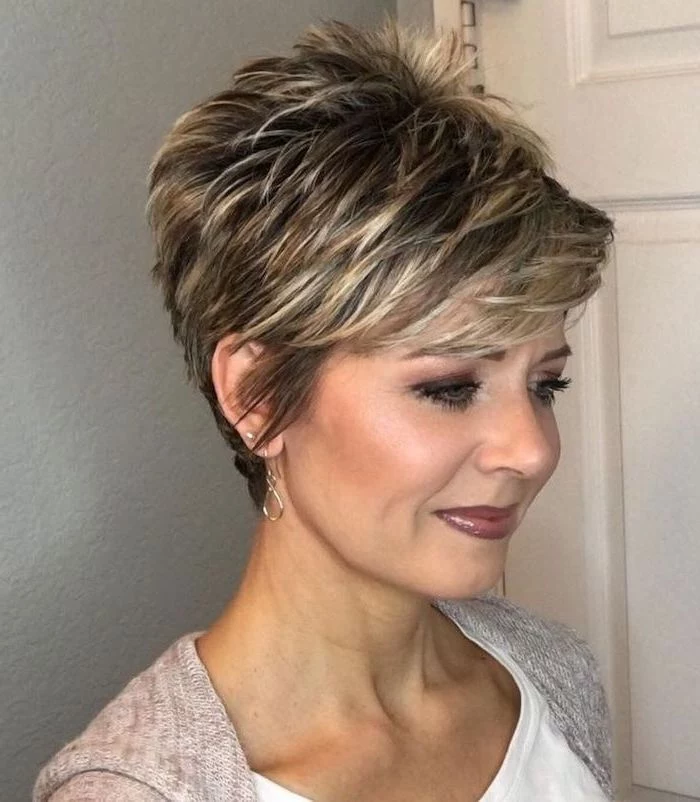
In the 1920s, the ‘bob’ haircut was a radical symbol of women’s liberation, representing a break from the traditional long hair of the Victorian era. Women who adopted it were seen as modern, independent, and even rebellious.



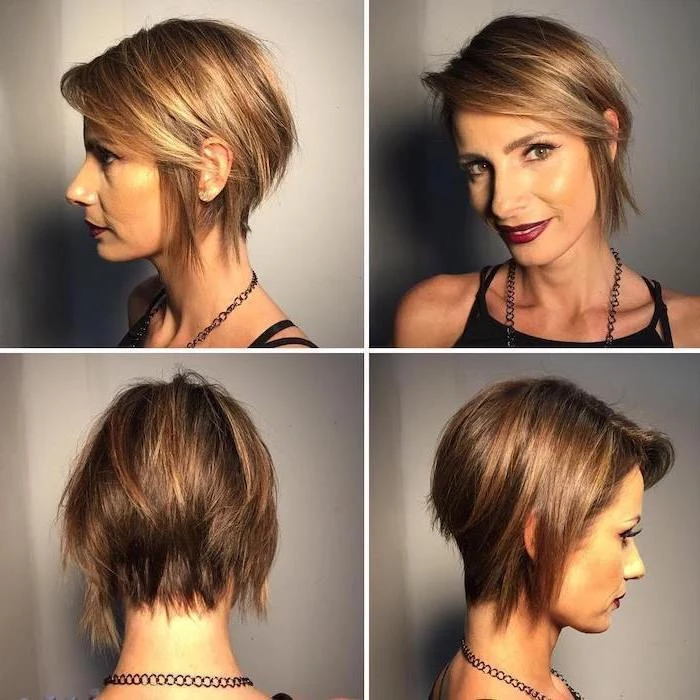
Don’t forget your scalp. With less hair covering it, your scalp is more exposed to the sun and environmental factors. It’s also the foundation of healthy hair. Consider incorporating a scalp treatment or serum into your routine, like the Briogeo Scalp Revival Charcoal + Tea Tree Scalp Treatment, to keep it healthy, hydrated, and flake-free.
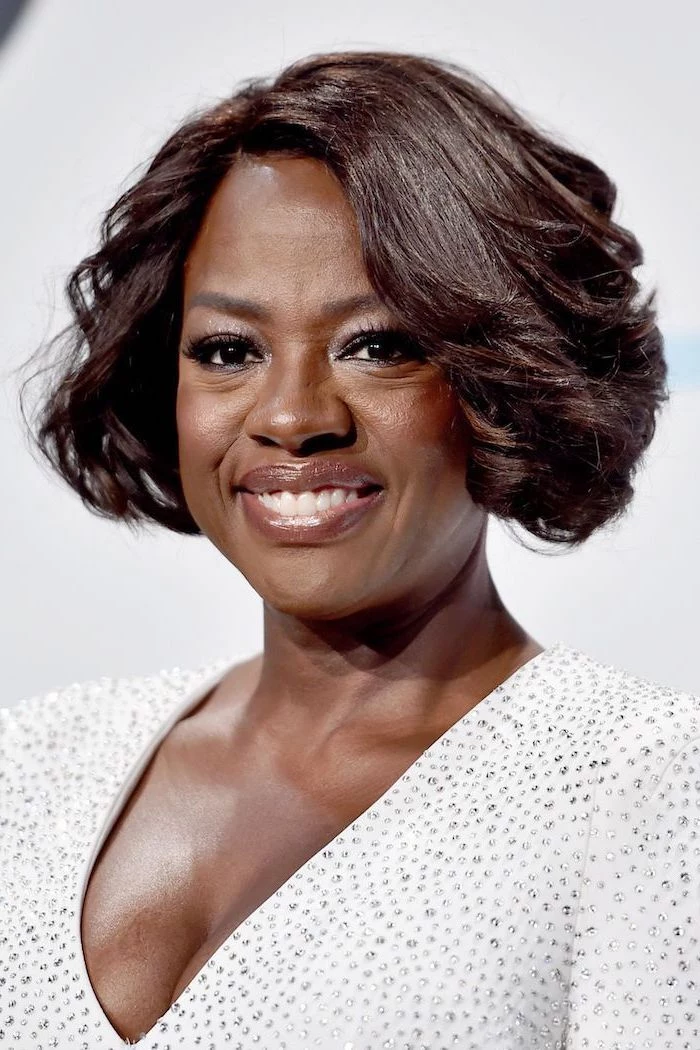
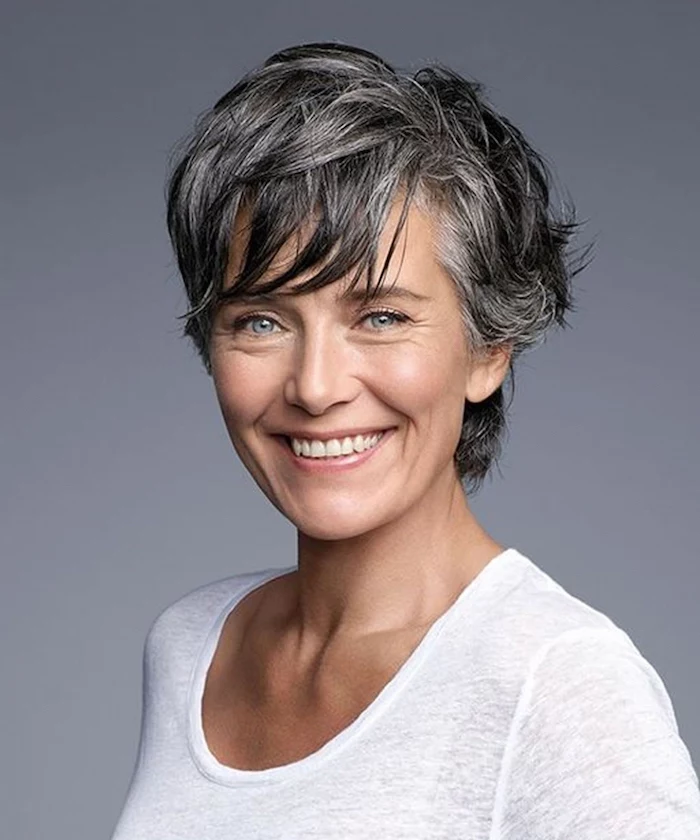
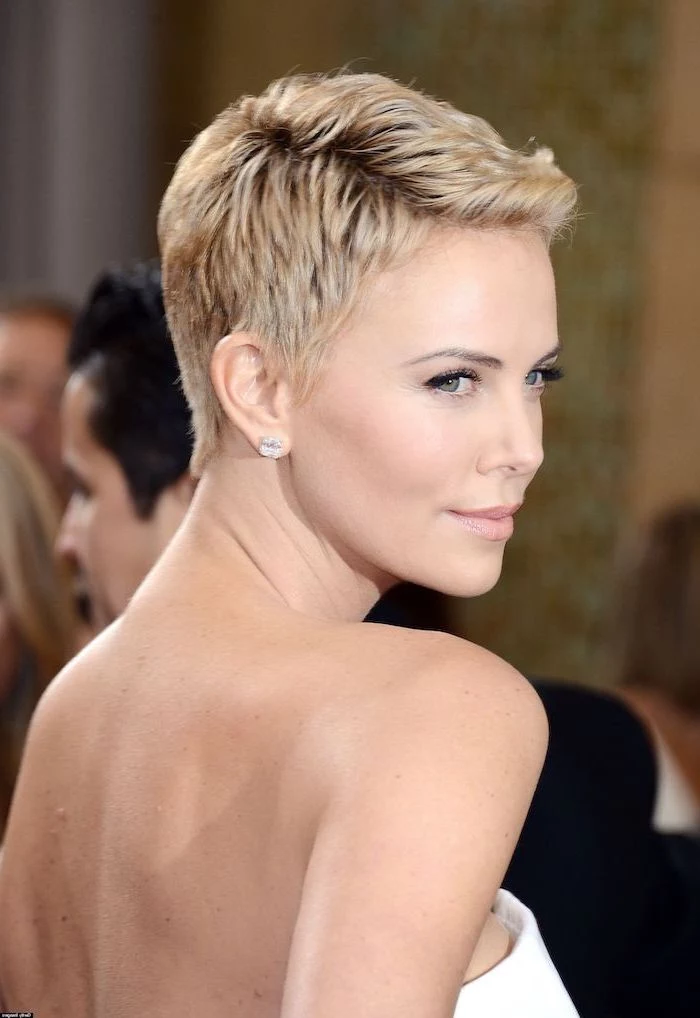
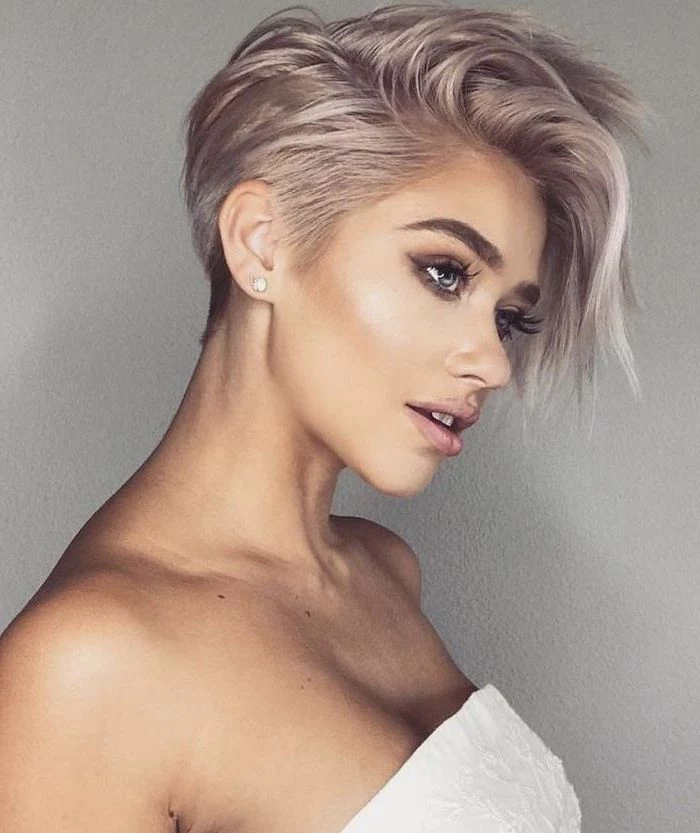
Is short hair more expensive to maintain?
It can be a trade-off. You’ll likely spend less on products like shampoo and conditioner. However, the cost of salon visits will increase. To keep a structured short cut looking sharp, you’ll need trims every 4-7 weeks, compared to every 10-12 weeks for long hair. Factor this recurring expense into your budget before you commit.
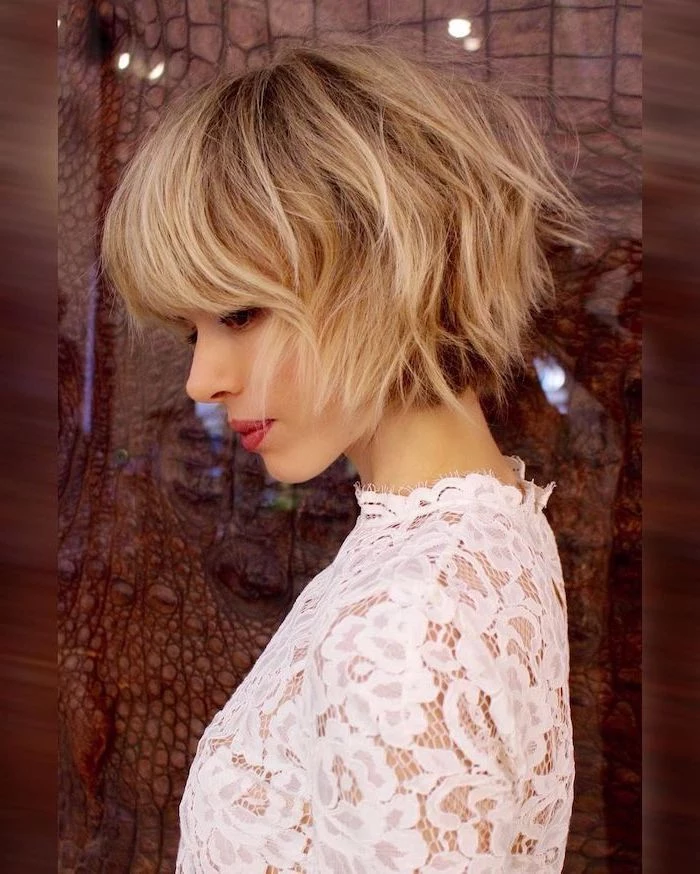
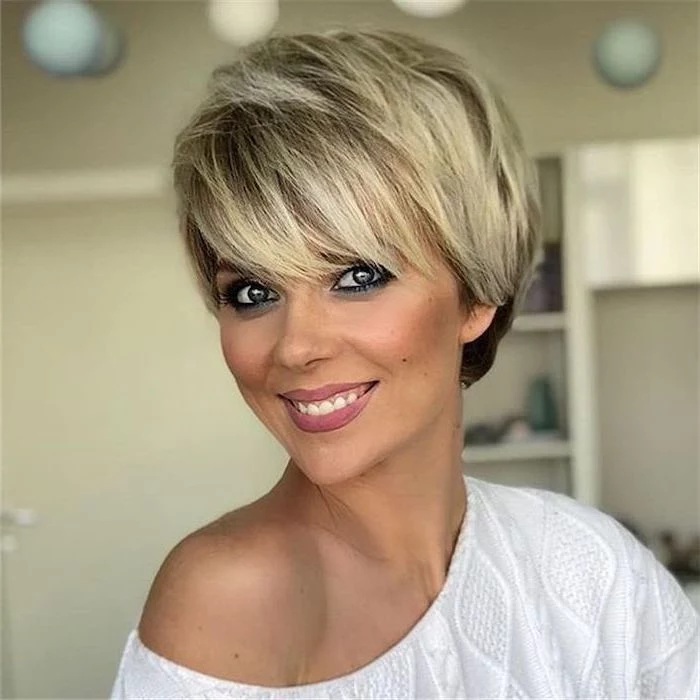
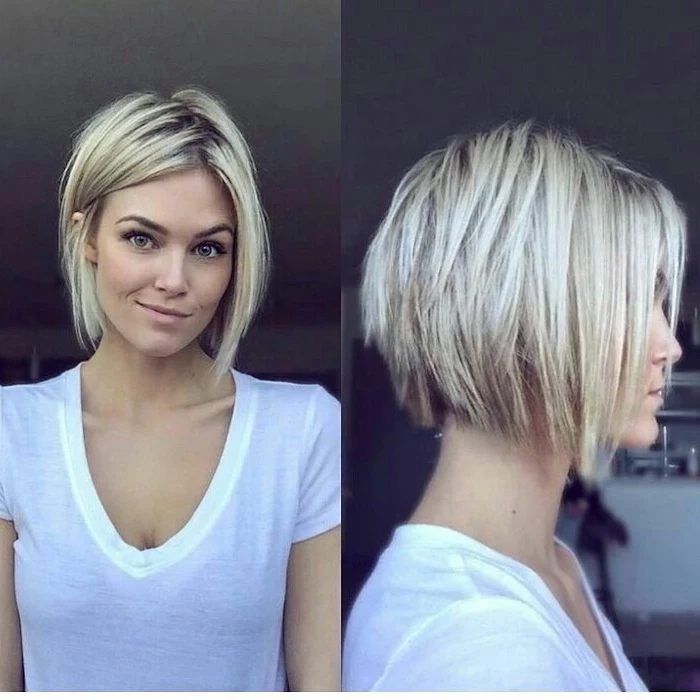
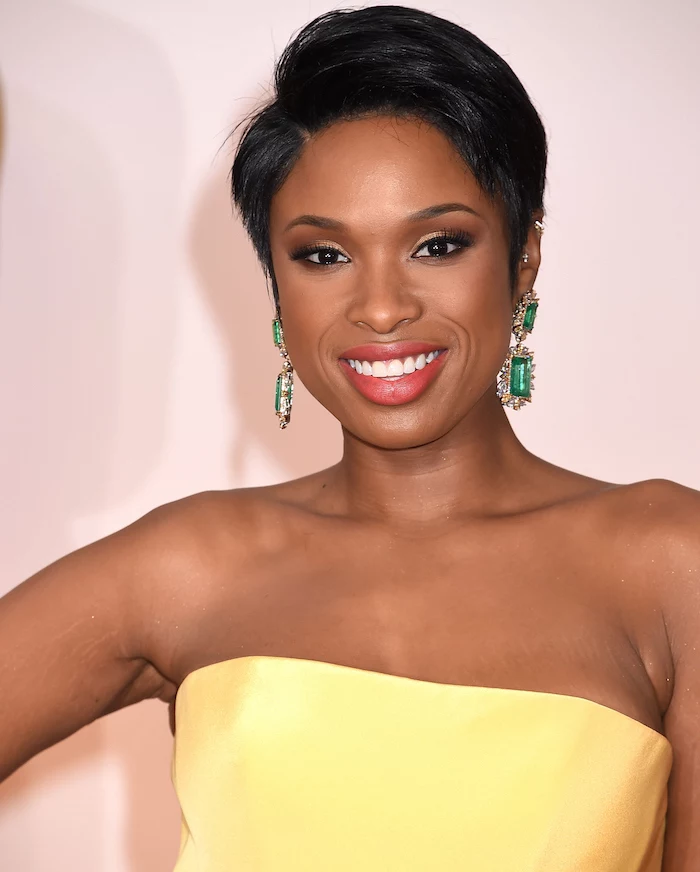
Your new cut might reveal your ears and neck in a way you’re not used to. This is a fantastic opportunity to reconsider your sun protection routine. Ensure your daily SPF application extends behind your ears and down the back of your neck—areas that were previously shielded by longer hair and are now vulnerable to sun exposure.


- Confidence and a feeling of renewal.
- A stronger focus on your facial features.
- A quicker, more streamlined morning routine.
The source? A bold, well-executed haircut. It’s more than a style; it’s a powerful tool for self-expression that reshapes how you see yourself and how the world sees you.










